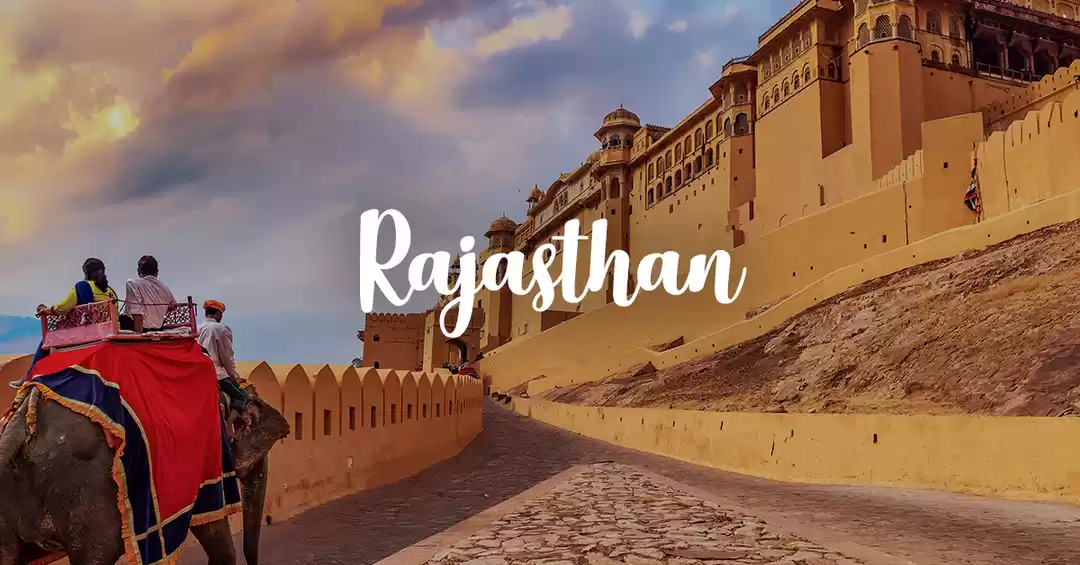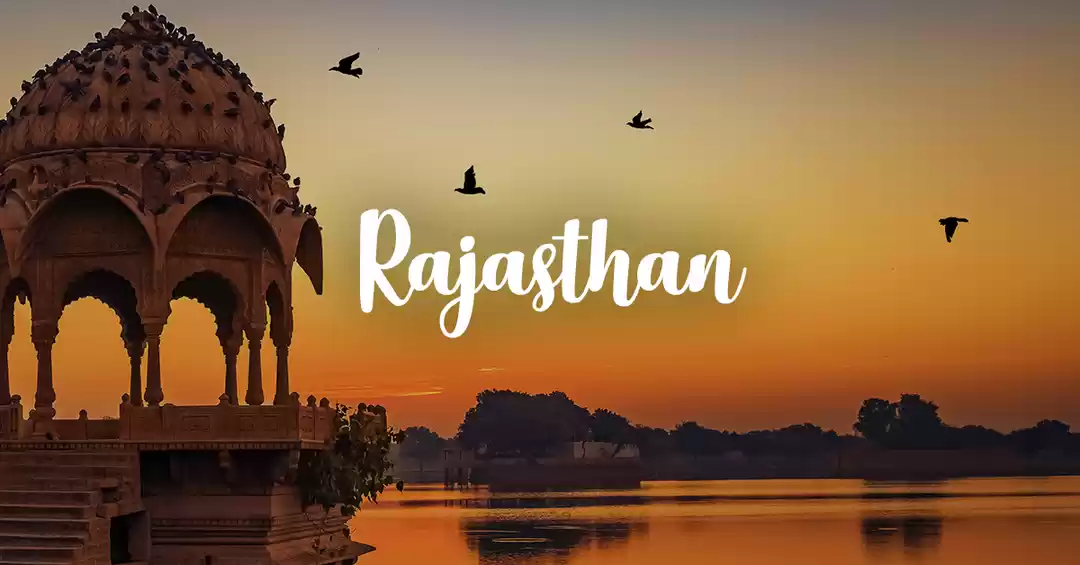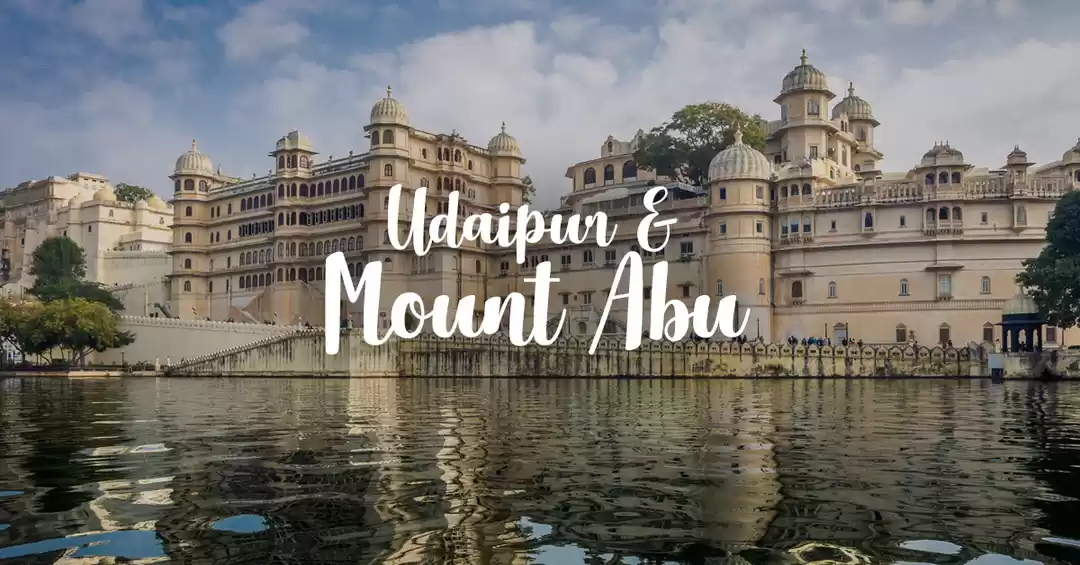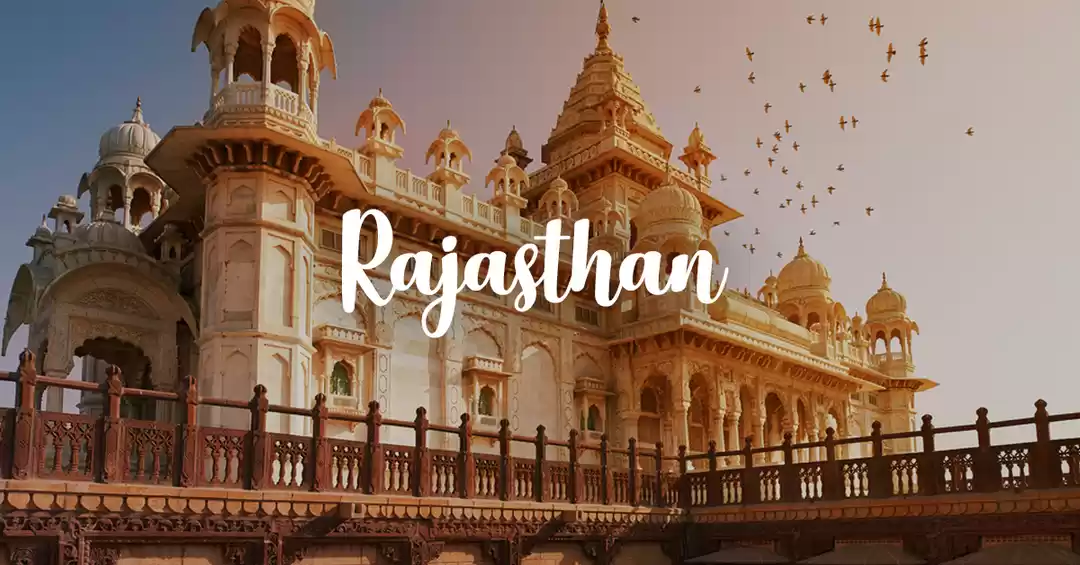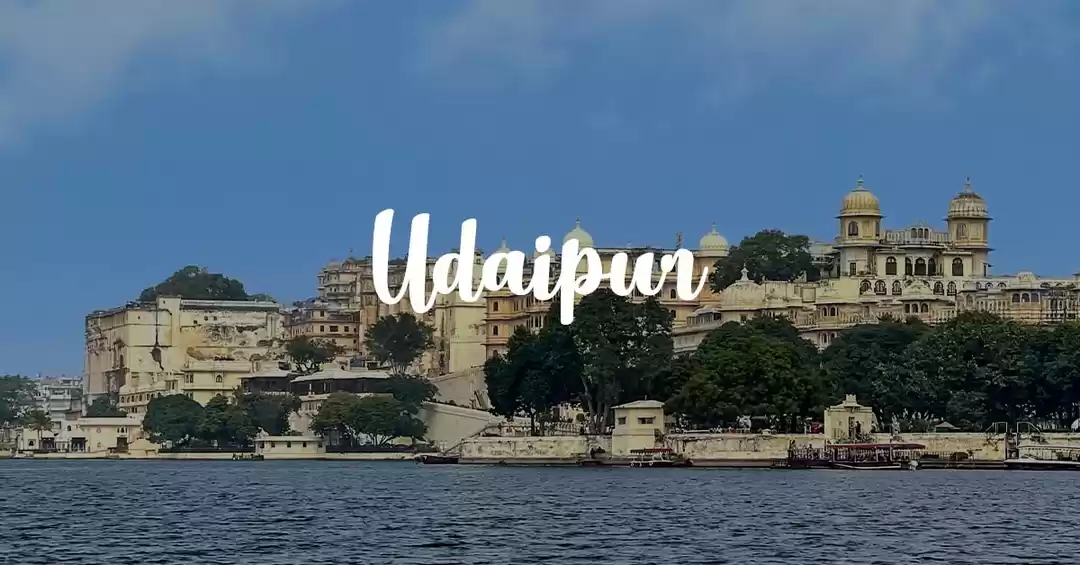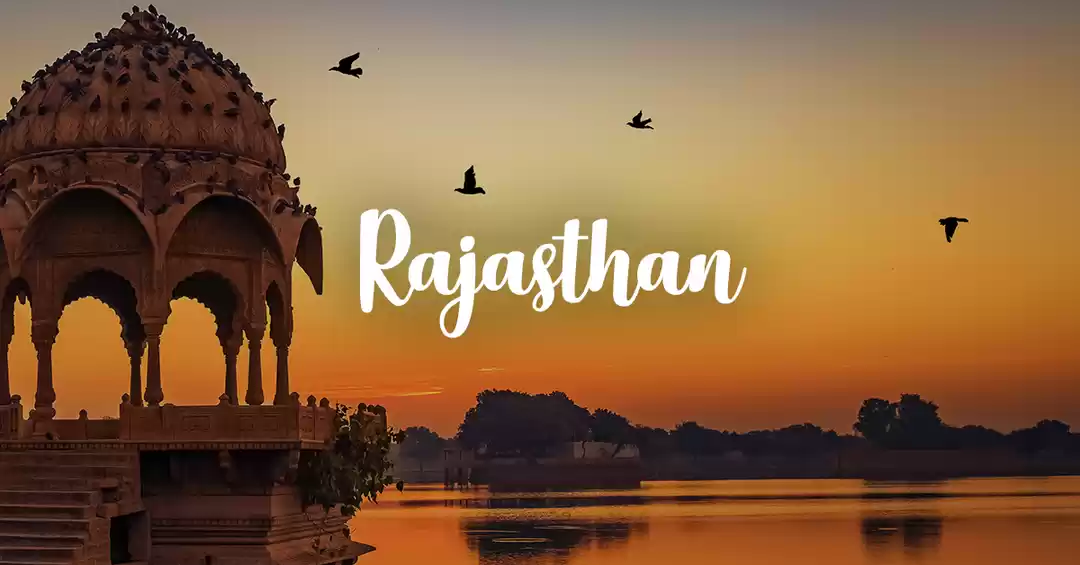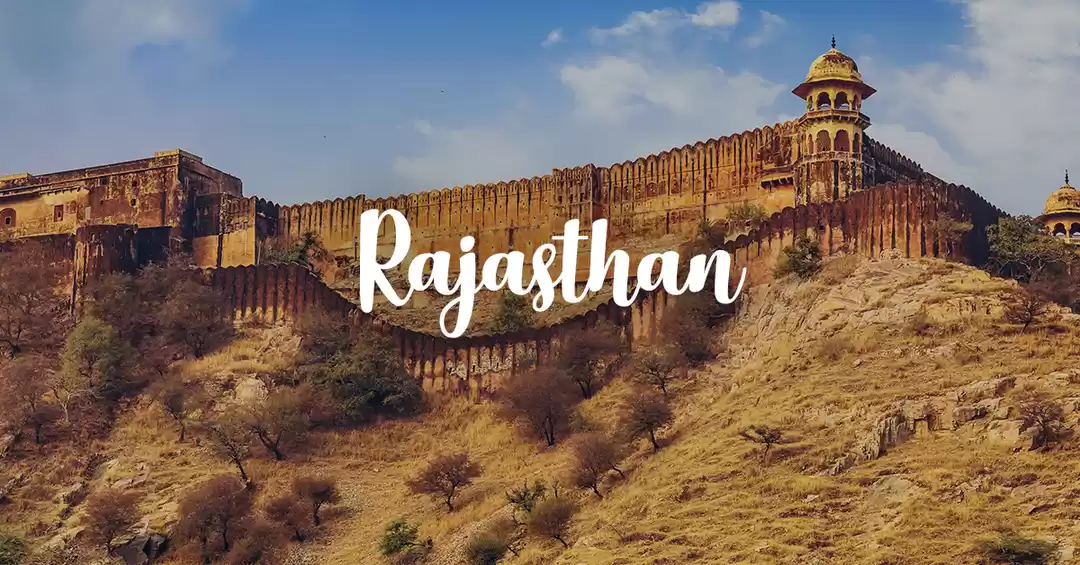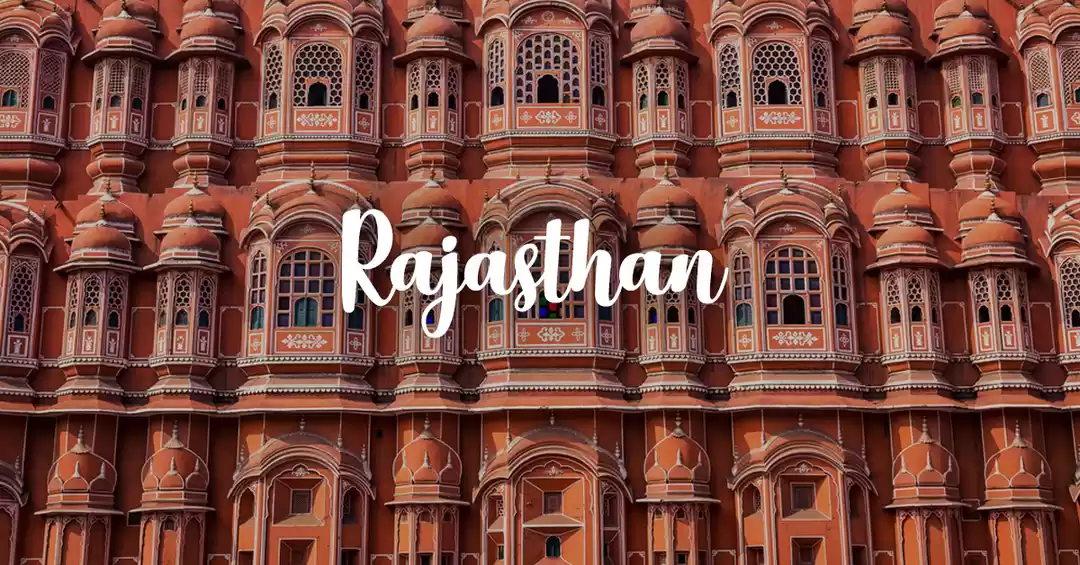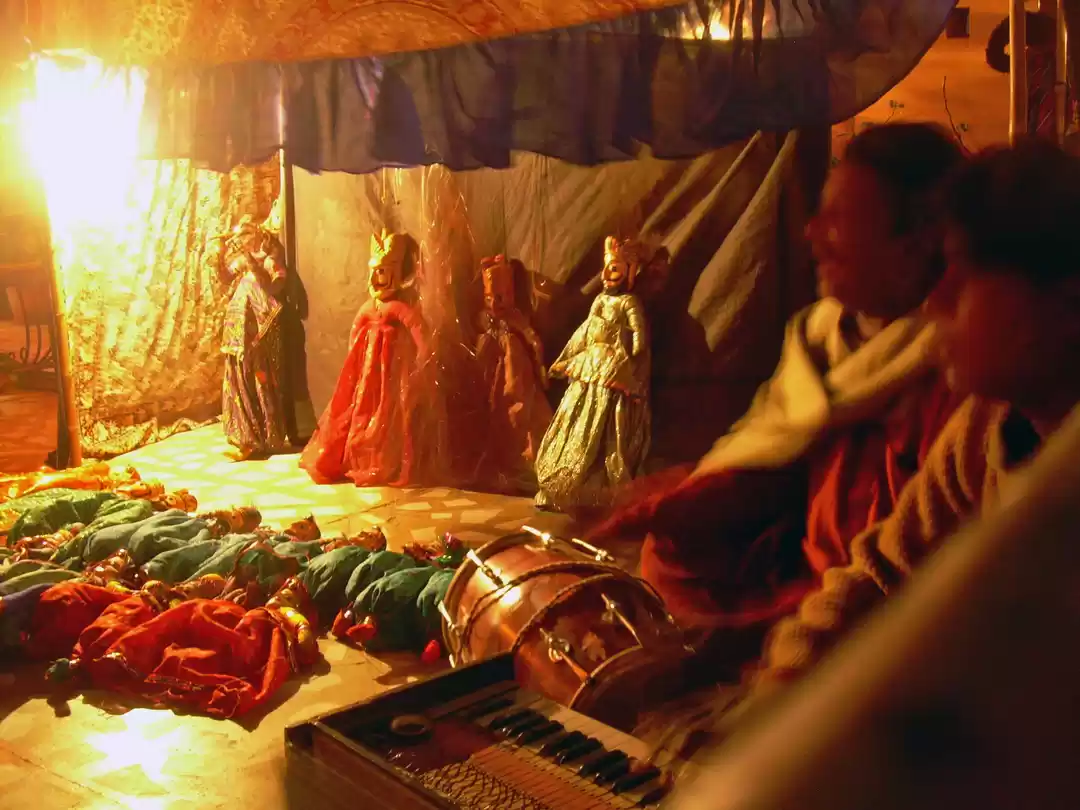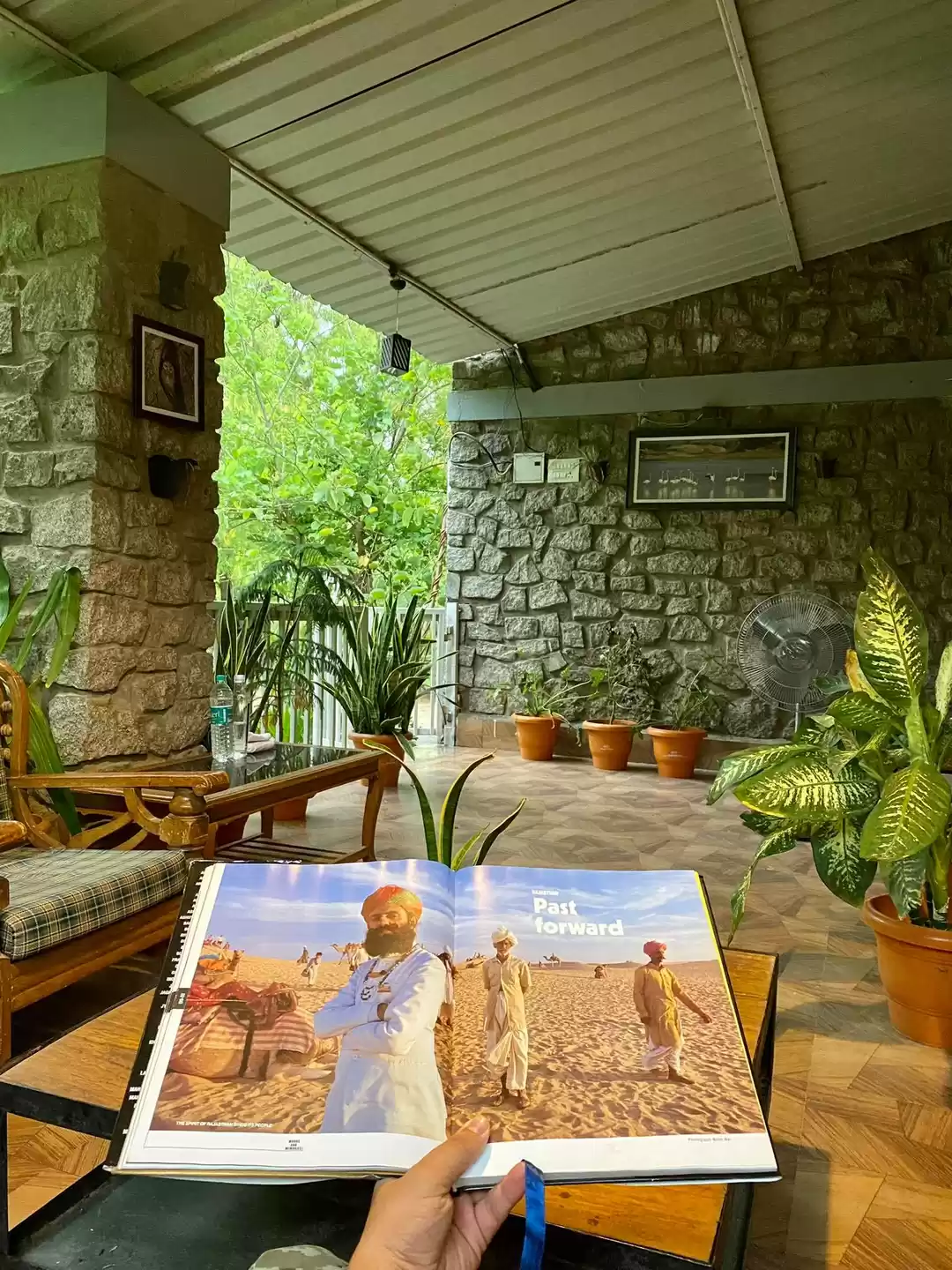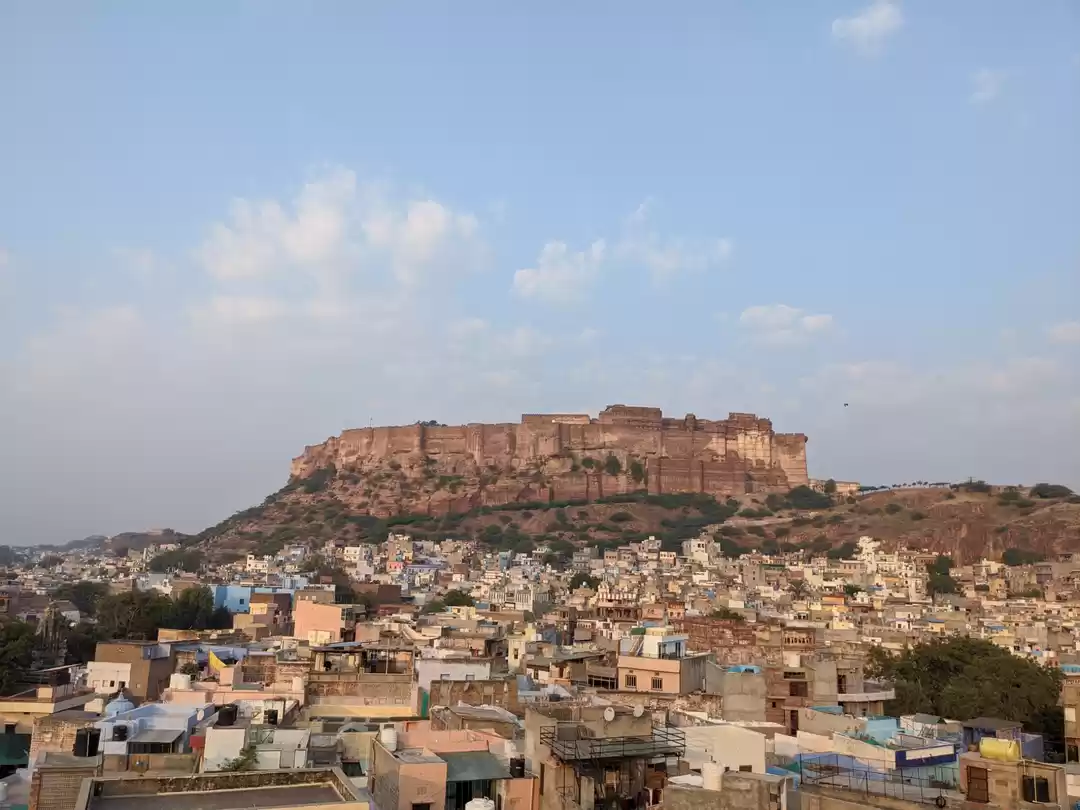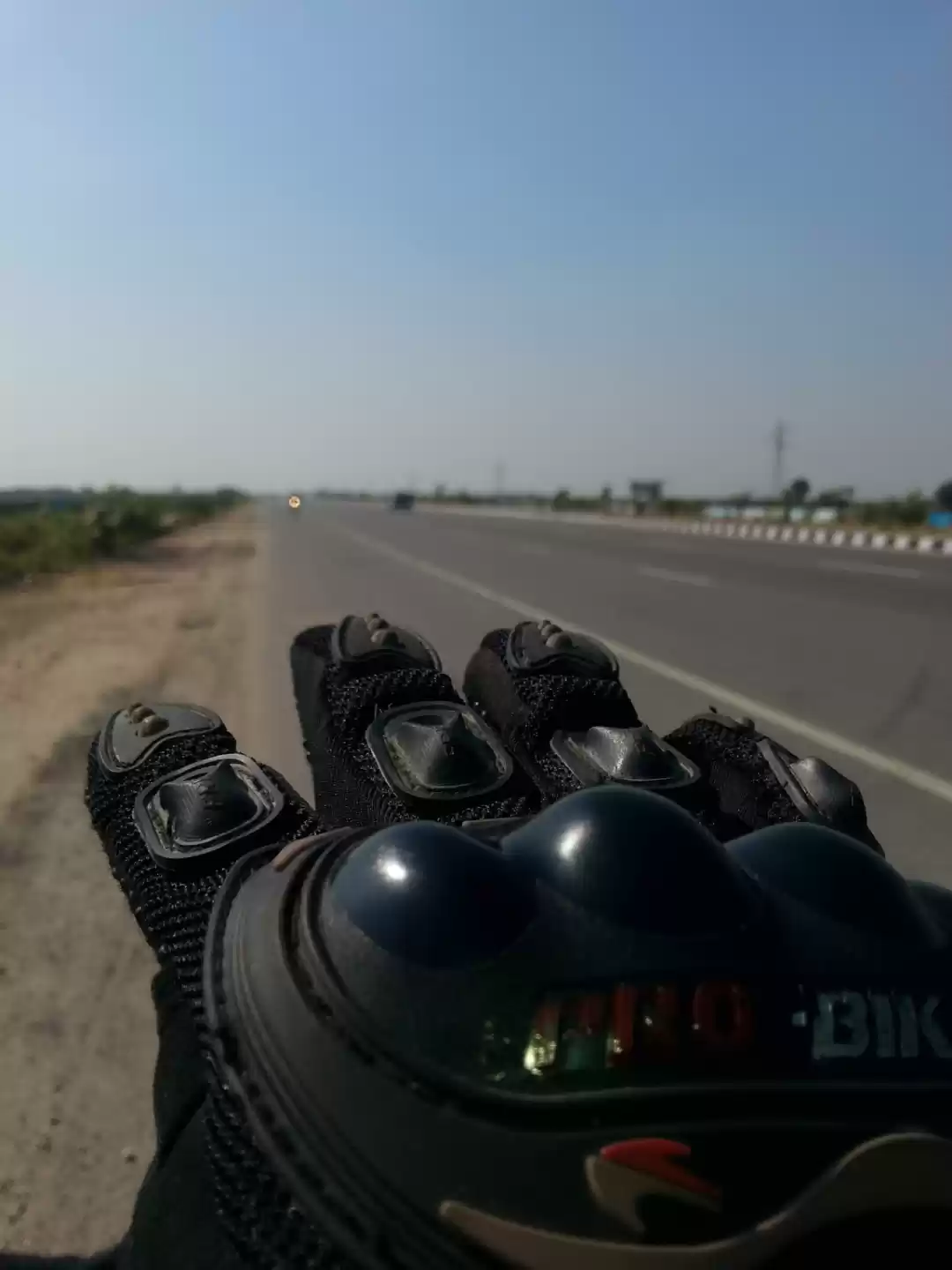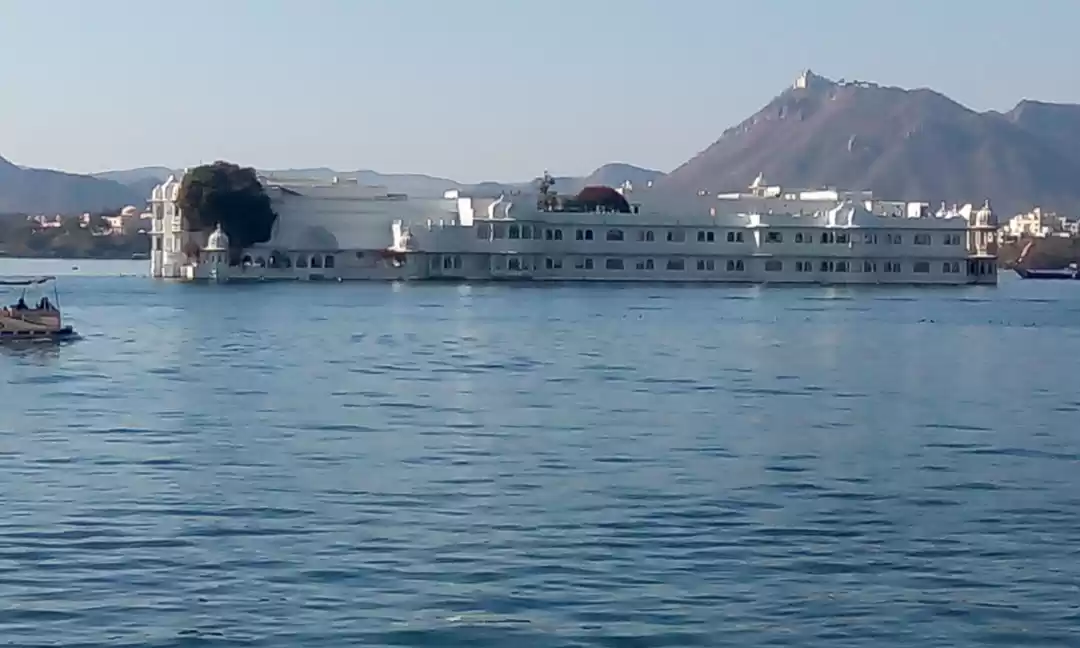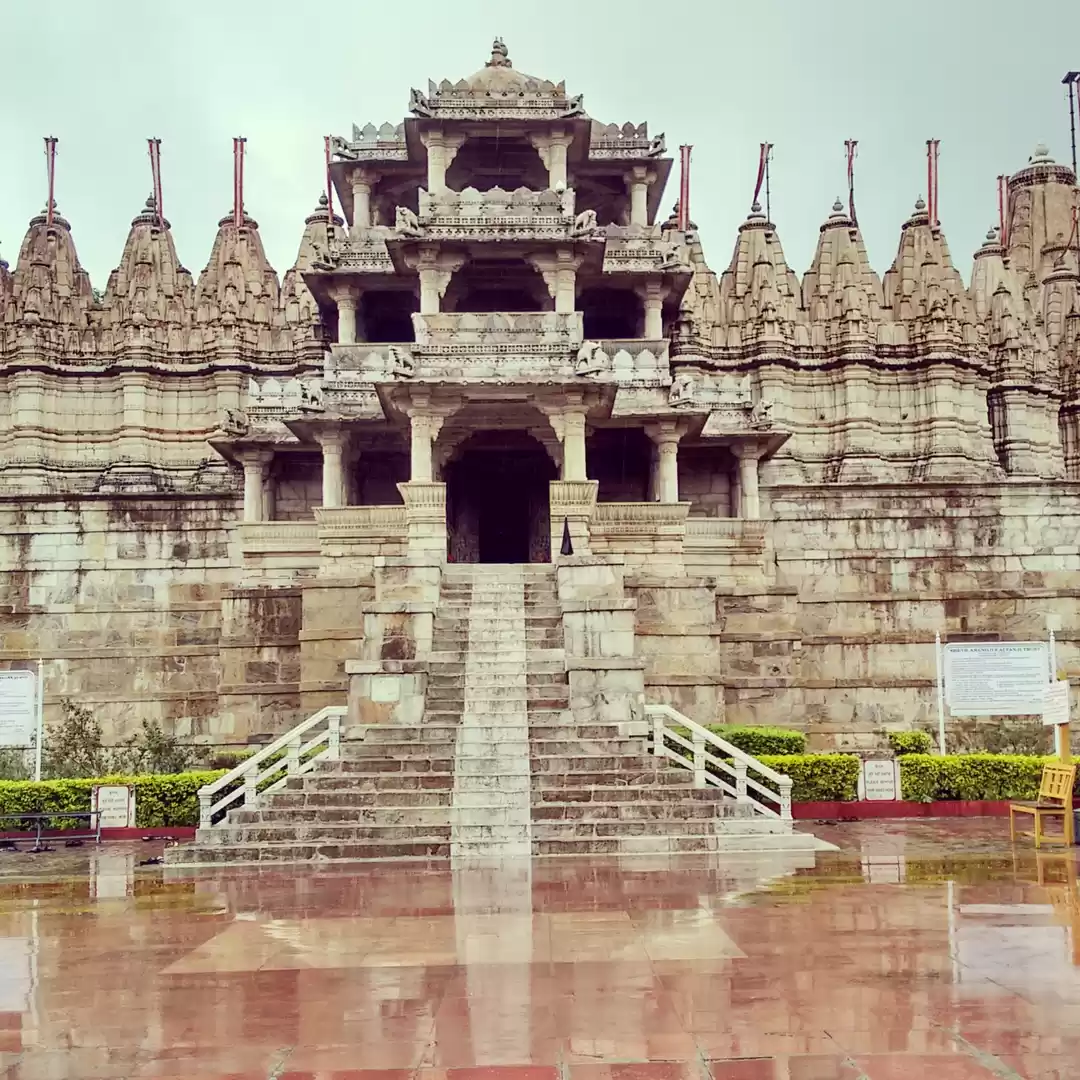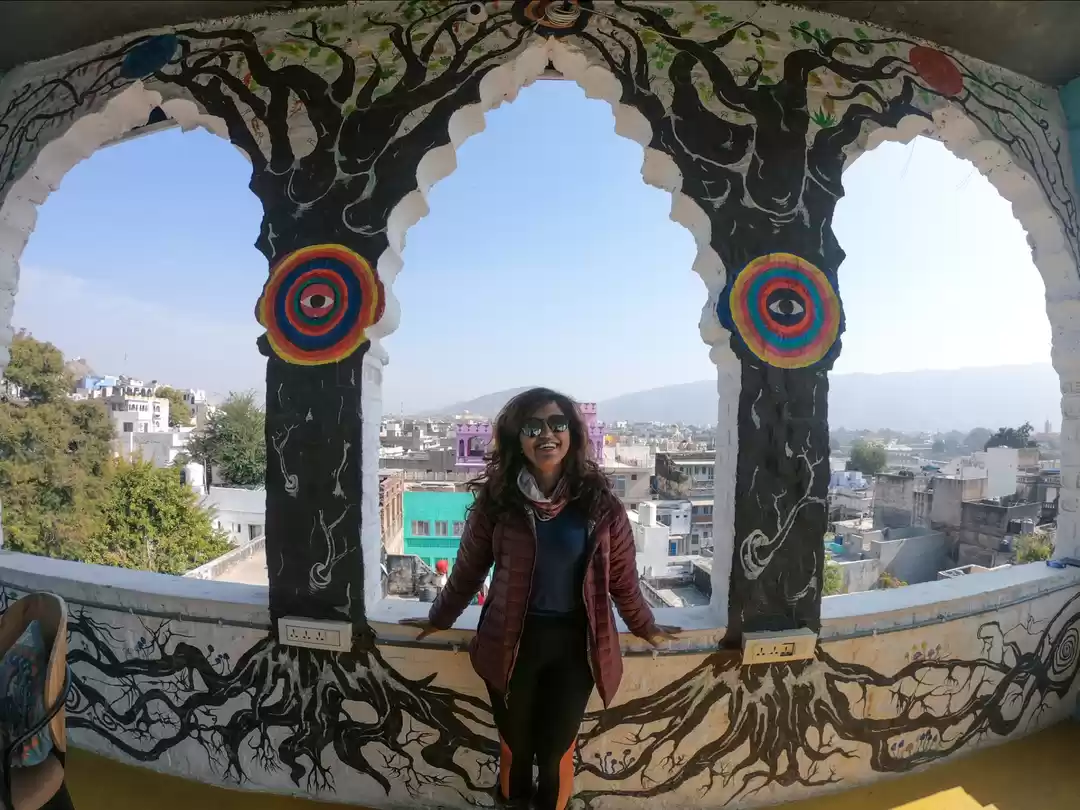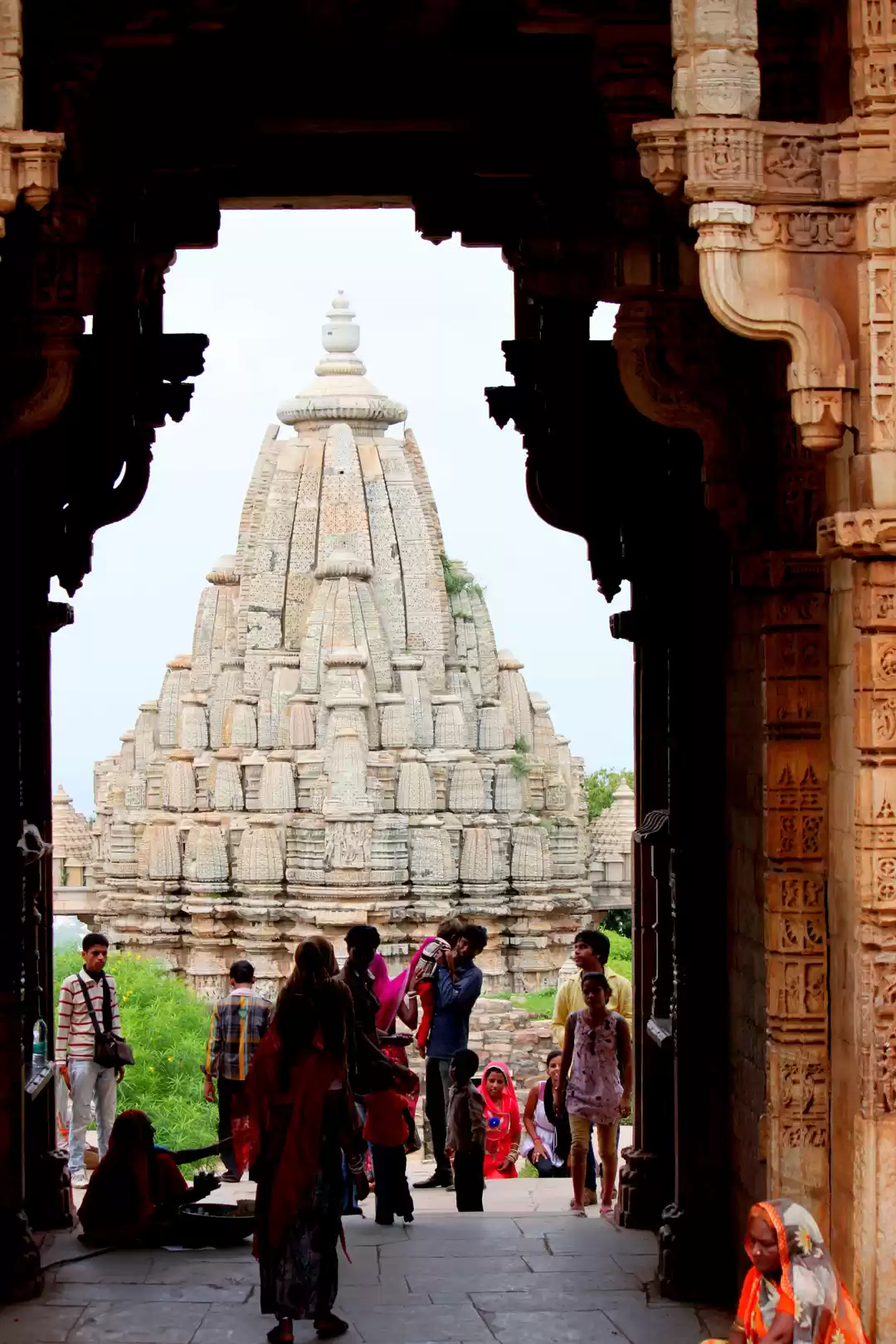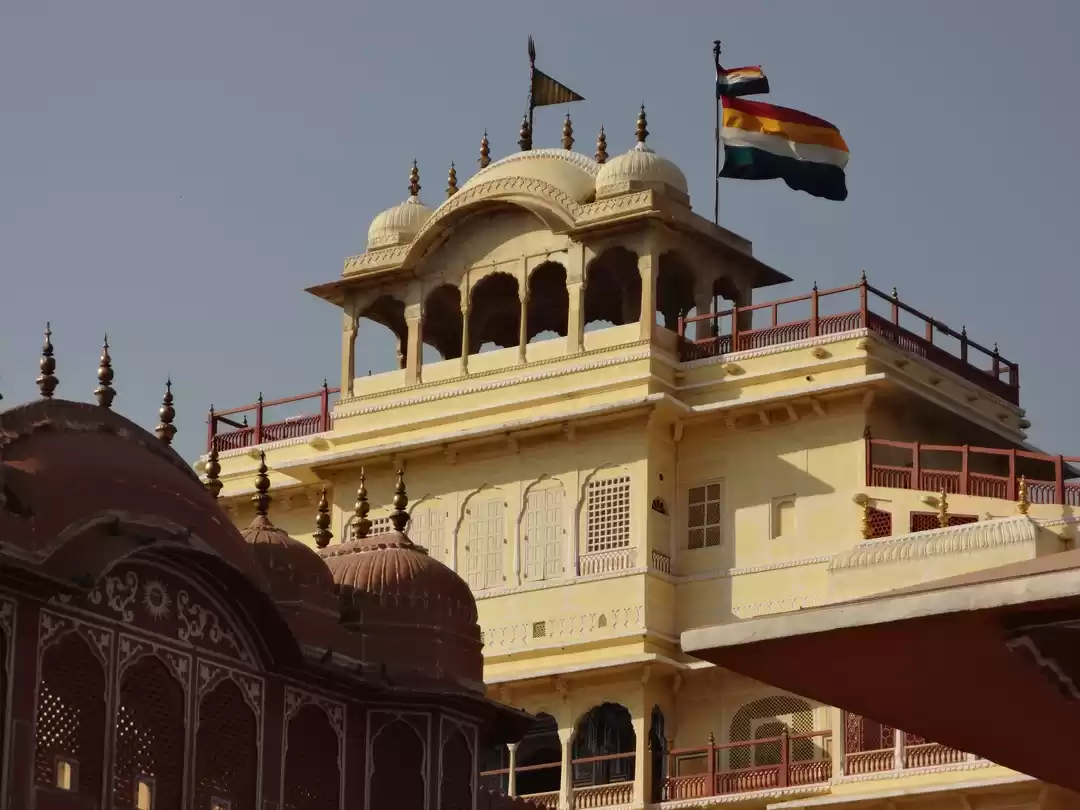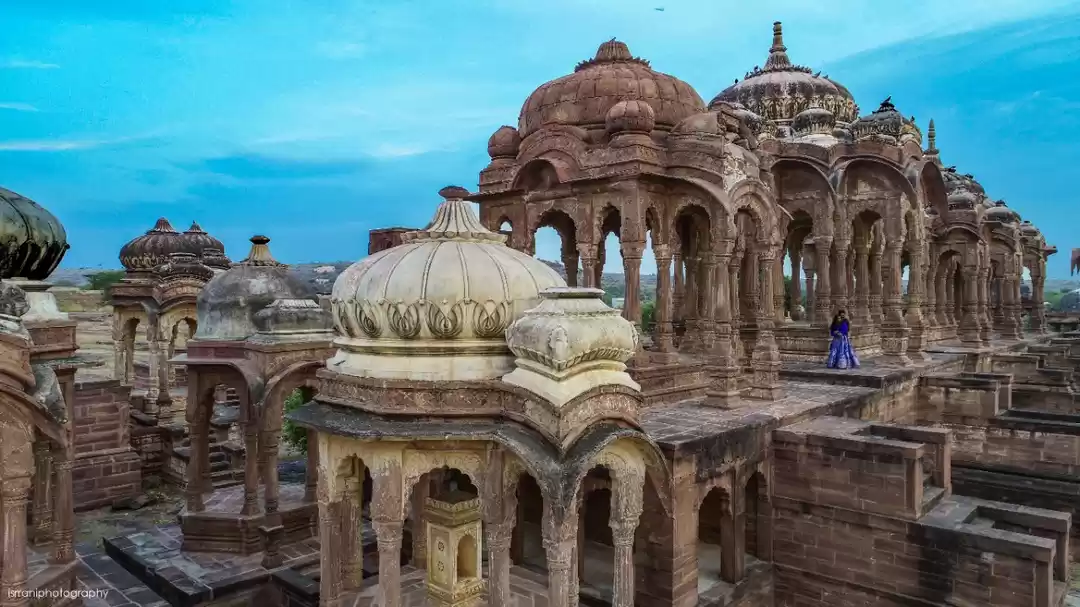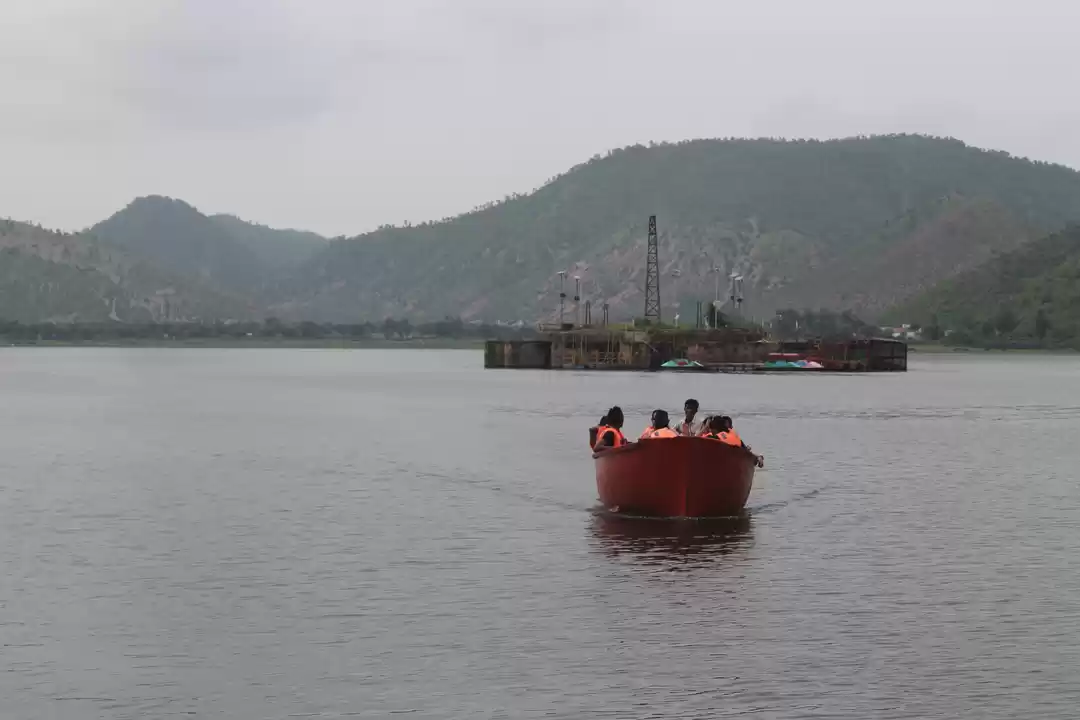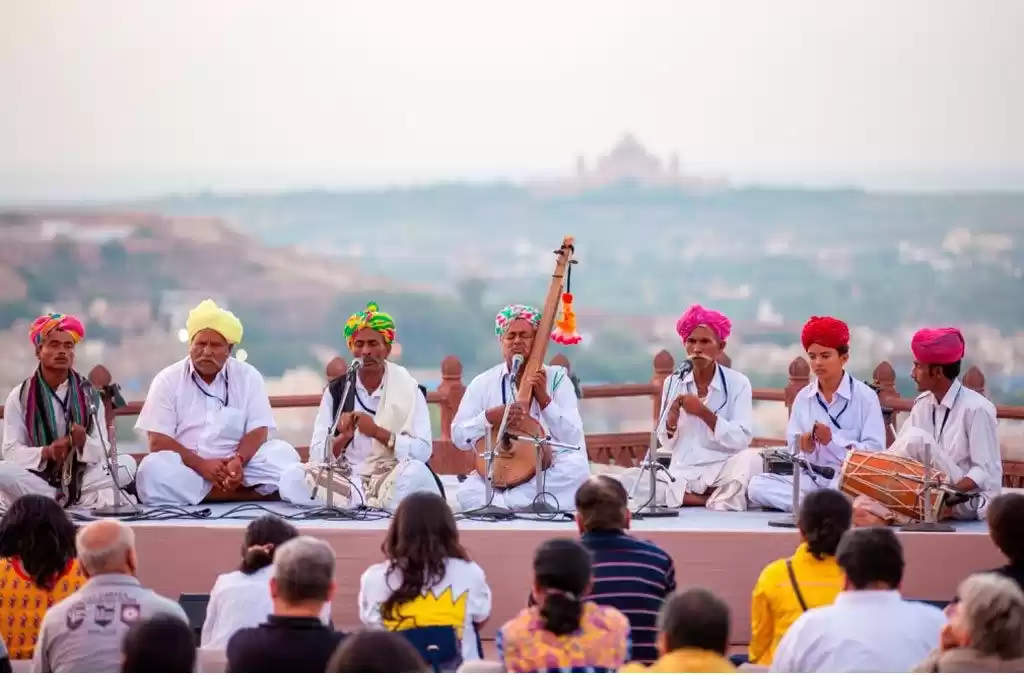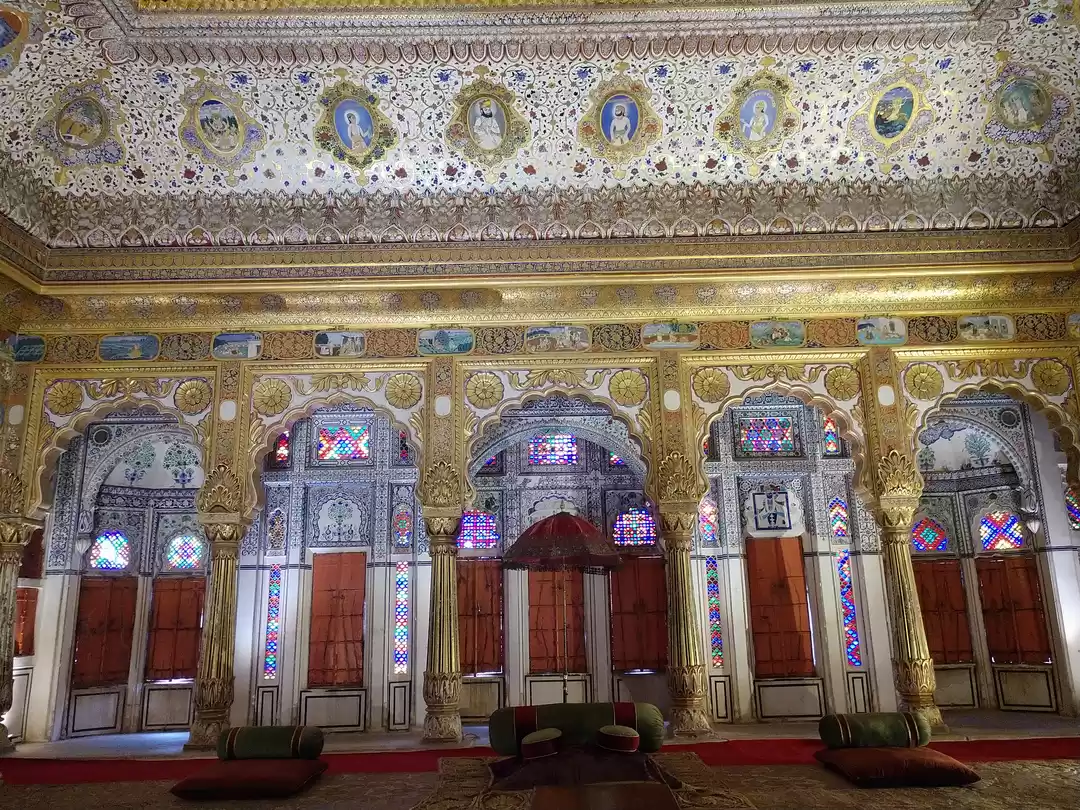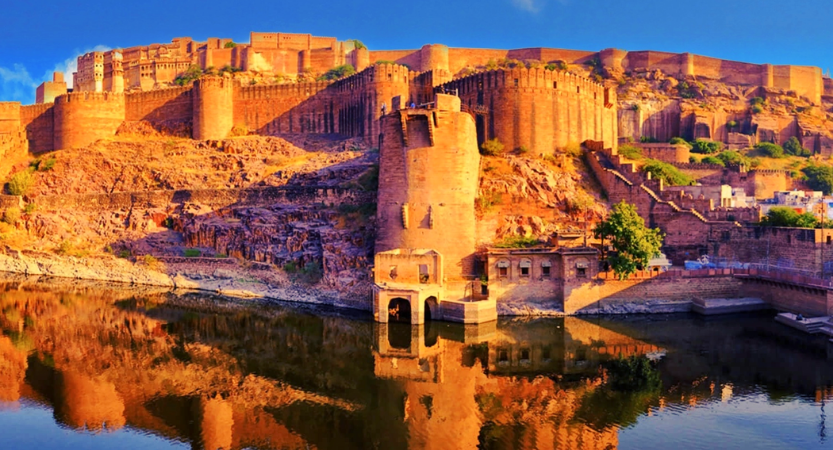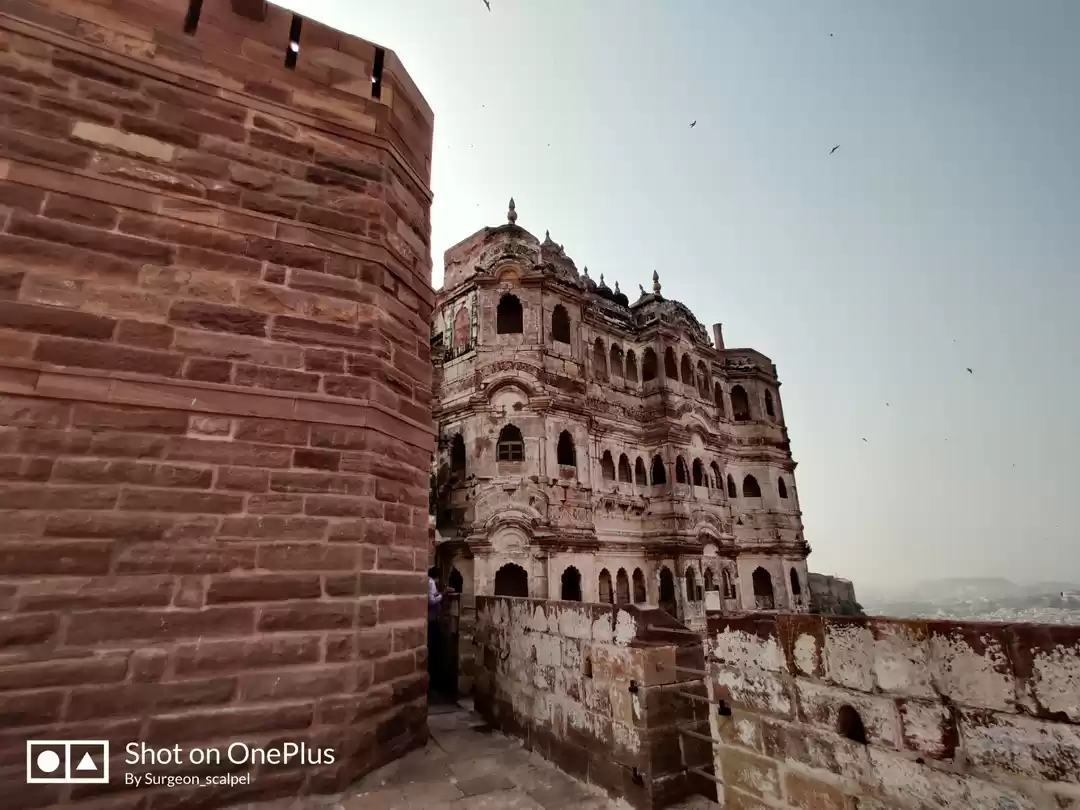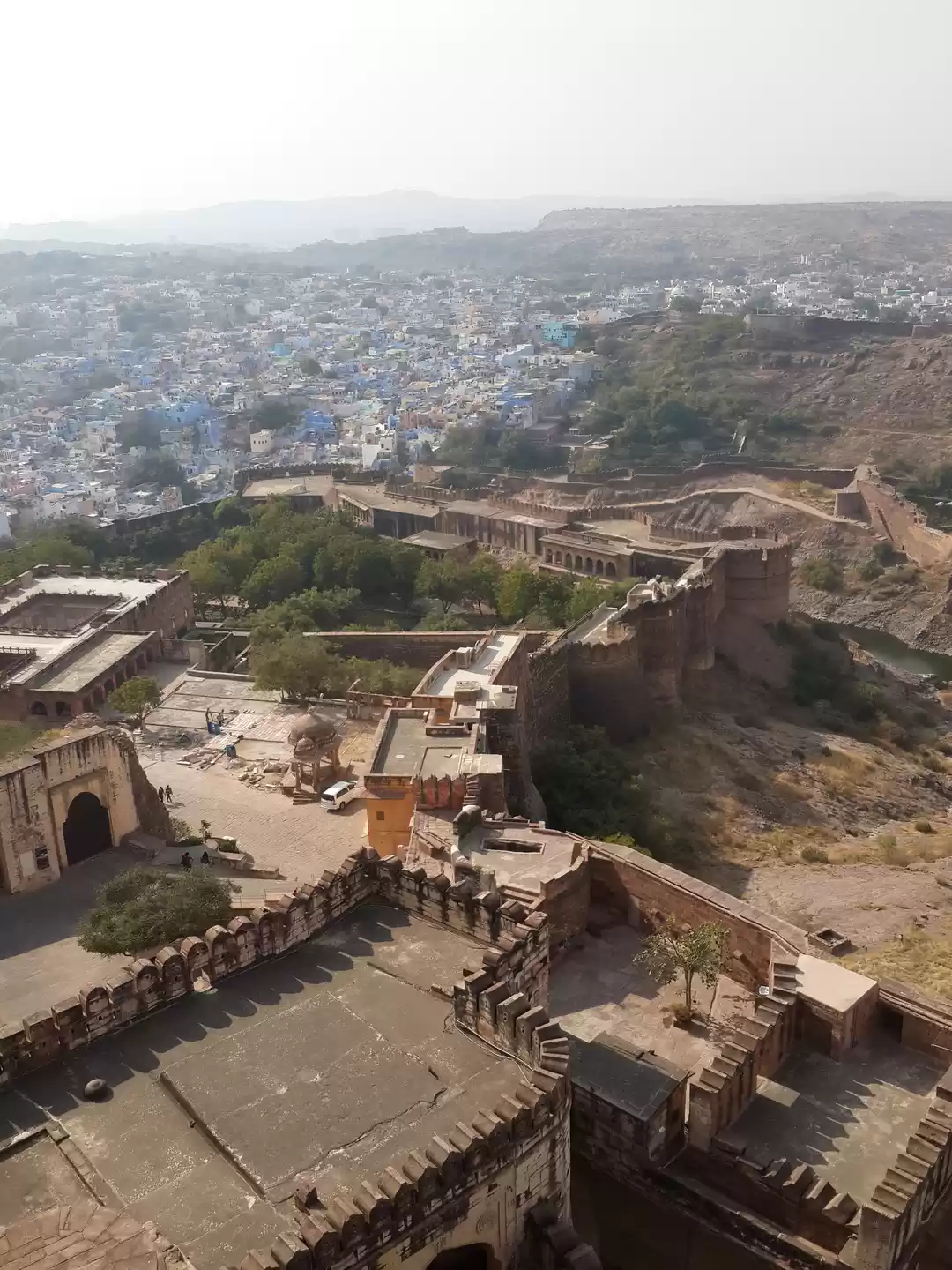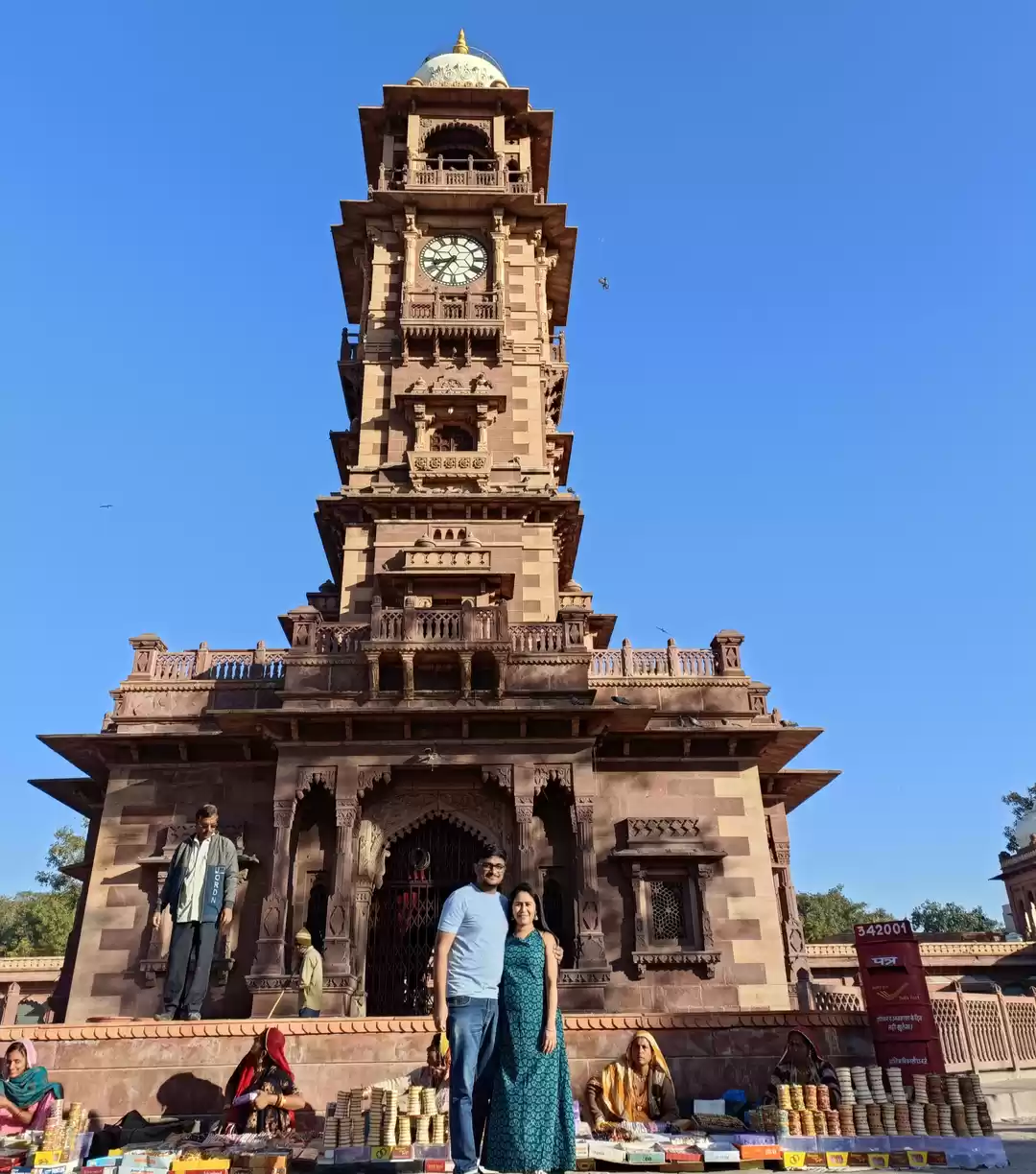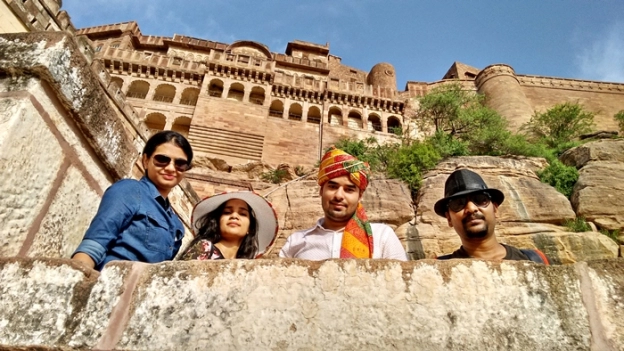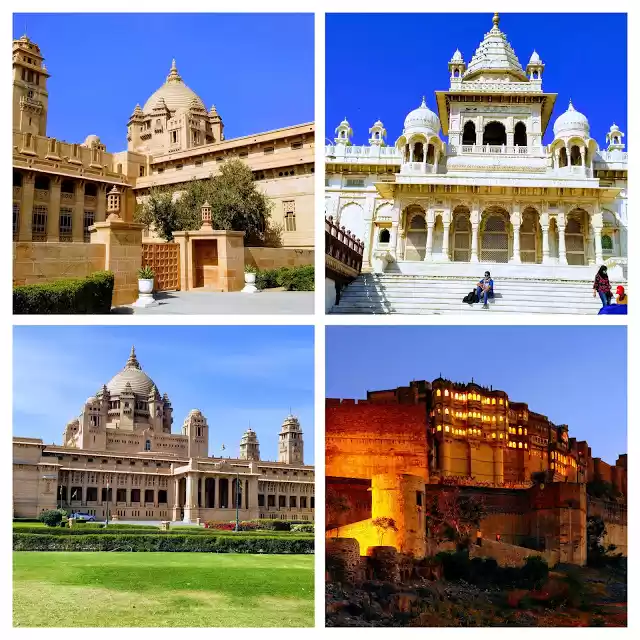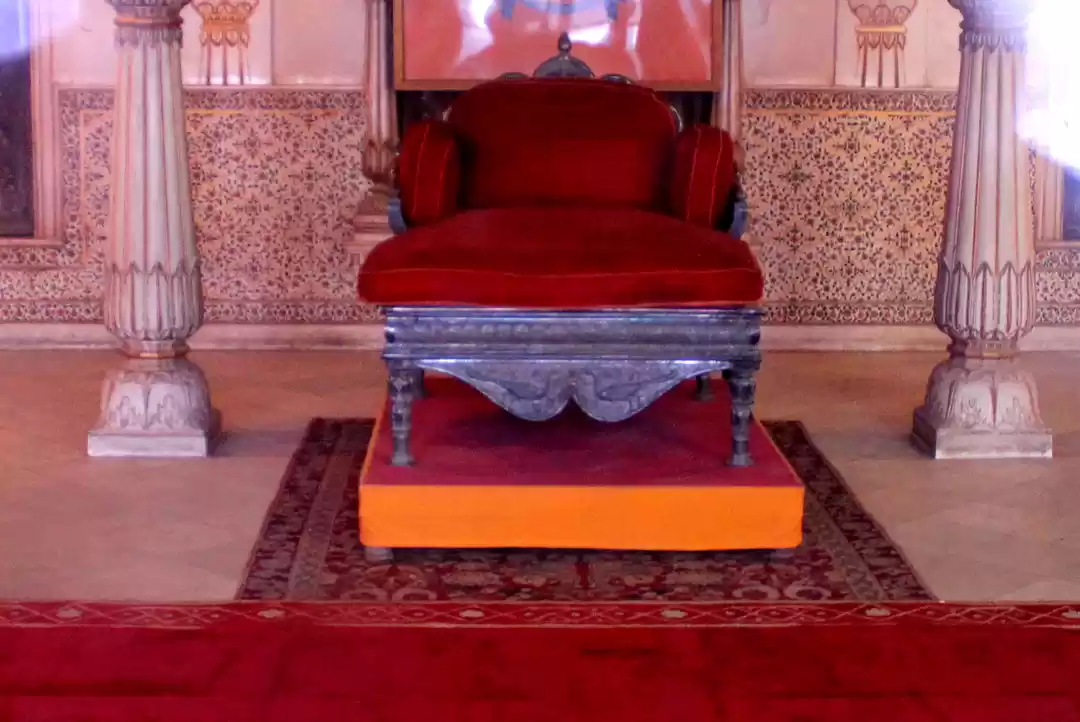“A palace that might have been built by the Titans and coloured by the morning sun, one of the grandest sights in India….the work of angels, fairies and giants”
This is how Rudyard Kipling described Mehrangarh Fort when he visited Jodhpur in 1888. An epitome of grandeur and royalty, this is amongst the largest and most beautiful forts in India. This imposing structure built on a hill at height of 120m, dominates the landscape of Jodhpur with its towering 36m walls overlooking the city below it protectively. The hill it is built on is called the ‘Bhakur-cheeria’ which means the ‘Mountain of Birds’. The fort derives its name from Mehr-Garh, where “Mehr” means sun and “Garh” is fort and is also sometimes known as the Citadel of the Sun.
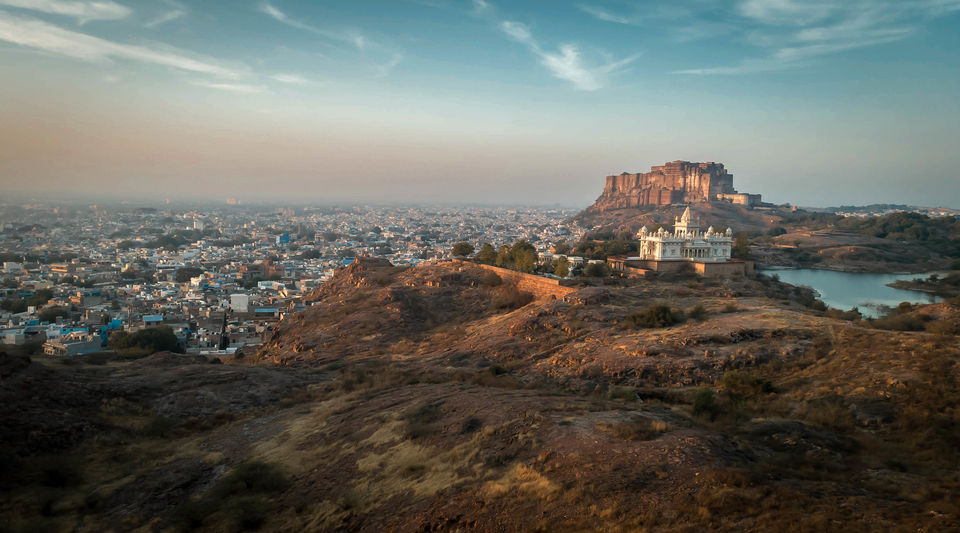
The fort was built by Rao Jodha in 1459 and is enclosed within 9.5km of strongly fortified walls which stand strong even today. However, it was expanded with many palaces and structures by his descendants across 500 years. Most of the fort as it stands dates back to the 17th century and built by Maharaja Ajit Singh. The fort was one of the most impregnable structures in Rajasthan. The battering the fort walls withstood during battles are still noticeable in the canon marks present on them. There were seven pols (gates) to be crossed to enter the fort, although today one of them is missing, most likely destroyed during one of the battles. The path leading up through the gates is quite steep and has couple of twists and turns in order to hinder the movement of enemy elephants.
There are a couple of legends surrounding the construction of the fort. According to a legend, to build the fort, Rao Jodha displaced a hermit called Cheeria Nathji, the lord of birds who also was the hill’s sole human occupant. Upset at being forced to move, Cheeria Nathji cursed Rao Jodha that the fort would suffer from droughts. Rao Jodha managed to appease the hermit by building a house and a temple inside the fort, near the cave where the hermit used to meditate. However, as preventive measures against the curse, Rao Jodha had a young man named Rajaram Meghwal buried alive to ensure that the new fort proved propitious. In return, he was promised that his family and descendants would be looked after by the Rathores. In honour of the promise, Raja’s descendants continue to enjoy a special relationship with the Maharaja family even today. However another story mentions that four people were buried alive at the four corners of the fort. There is also one that says a man called Mehran was thrown alive from the hilltop and thus sacrificed.
In those times, a fort like Mehrangarh was an object of great power and prestige. Its uses were somewhat more varied; it was not just a military base, but also a palace for the rulers and their wives; a centre of patronage for the arts, music, literature; and with its many temples and shrines it was also a place of worship. To me, it was a spectacle, a wonder of humankind.
The tour begins
I had decided to split my visit to the fort into two parts; I visited only the fort complex on day 1. Considering just how massive the fort is, there’s so much you can see without entering the fort interiors and for free. I spent around 2 hours just exploring and photographing the exterior of the fort.
There are two entrances to the fort, the primary and the most widely used one north-east off the fort which has a large car park. Jaswant Thada lies on this particular route to the fort.
The second entrance is southwest off the fort from the old city. If you’re staying in that part of Jodhpur it’s a more peaceful route to the fort. However, entry is not allowed before 9am and you need to exit the gate by 6pm. Chand Bawri is the landmark if you wish to use this entrance.
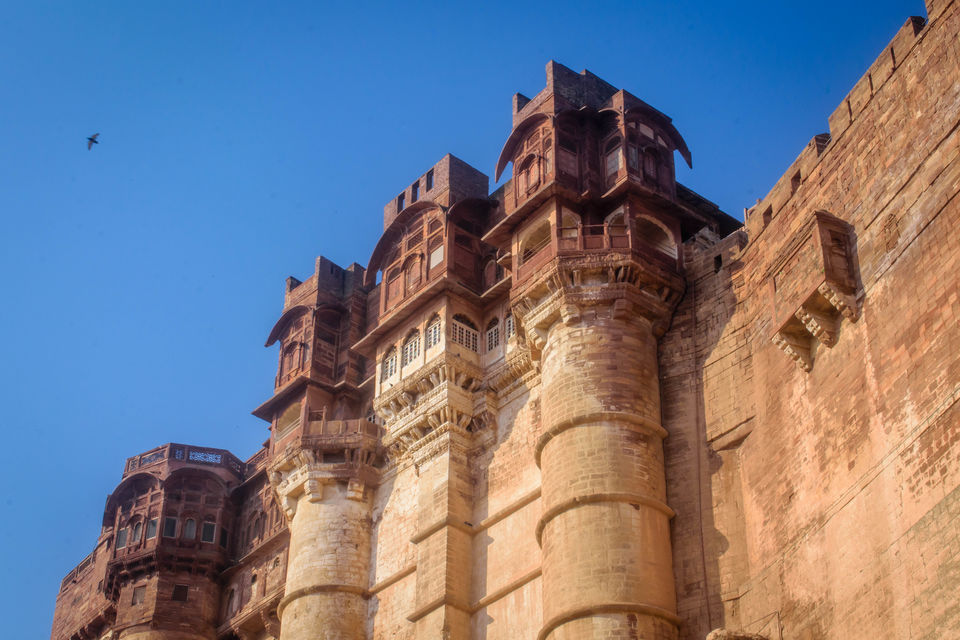
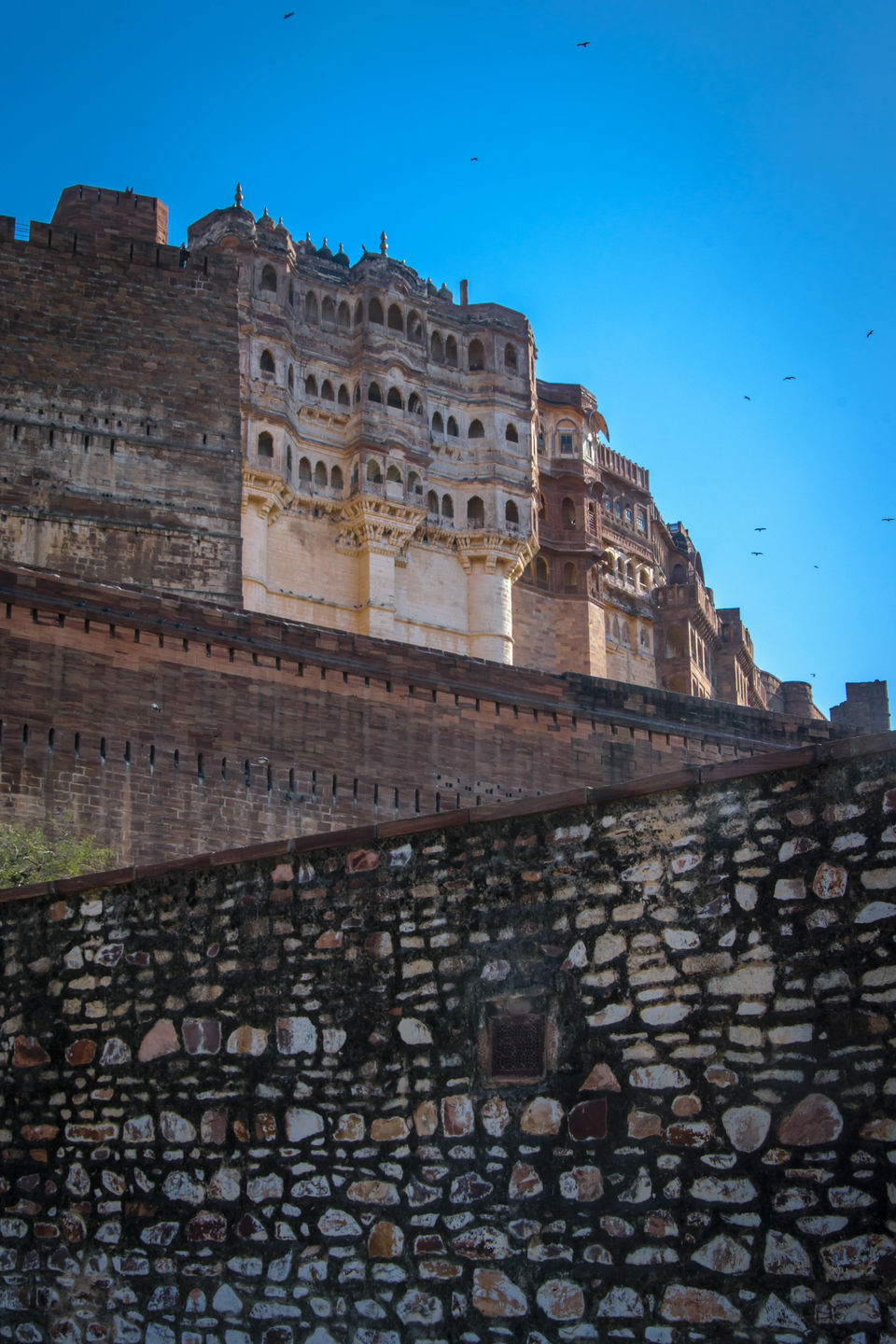
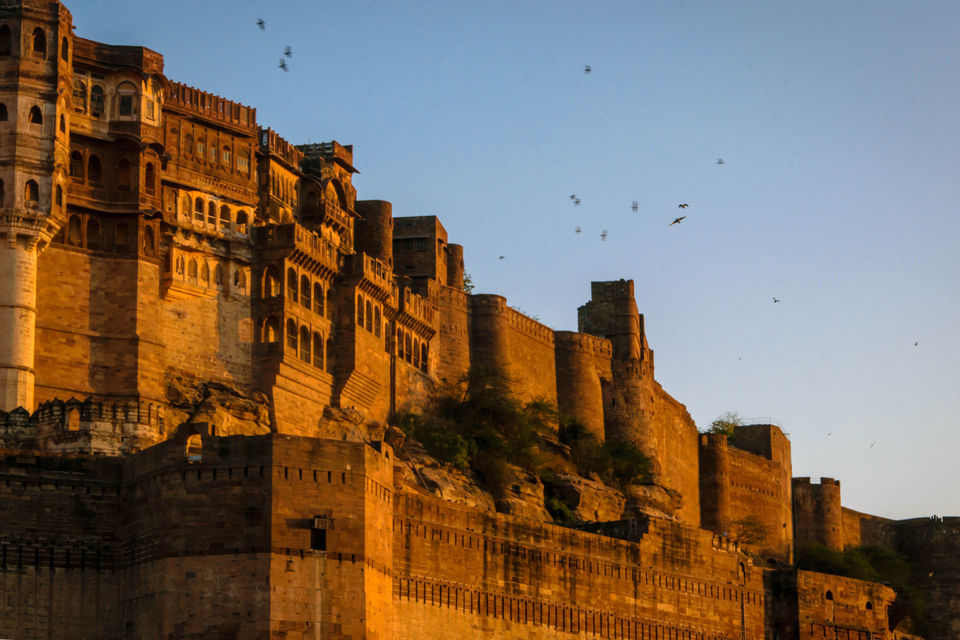
As you enter the fort, there’s a walkway that crosses through the once seven pols, always climbing uphill. The path is quite steep and has couple of twists and turns and it's said that it was built that way to slow down the enemy elephants. As you climb and get up close to the fort for the first time, you can witness the impressive architecture of the fort and its mighty red sandstone walls.
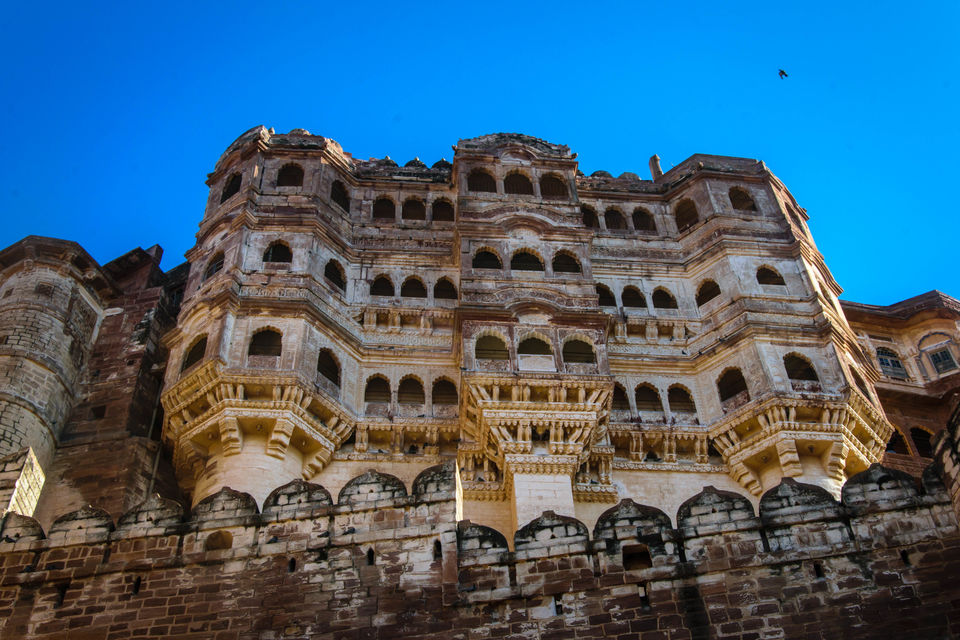
The pols were built by different maharajas after each glory in a battle and they themselves are beautified with intricate latticework. The entrance to the fort is the Jai Pol, built to celebrate the victory of Maharaja Man Singh over Maharaja Jagat Singh of Jaipur. The walls around Jai Pol are scarred by marks made by cannon balls during a failed attempt by Jaipur forces to capture the fort in 1808, which are visible even today, a proof of how unconquerable the fort was.
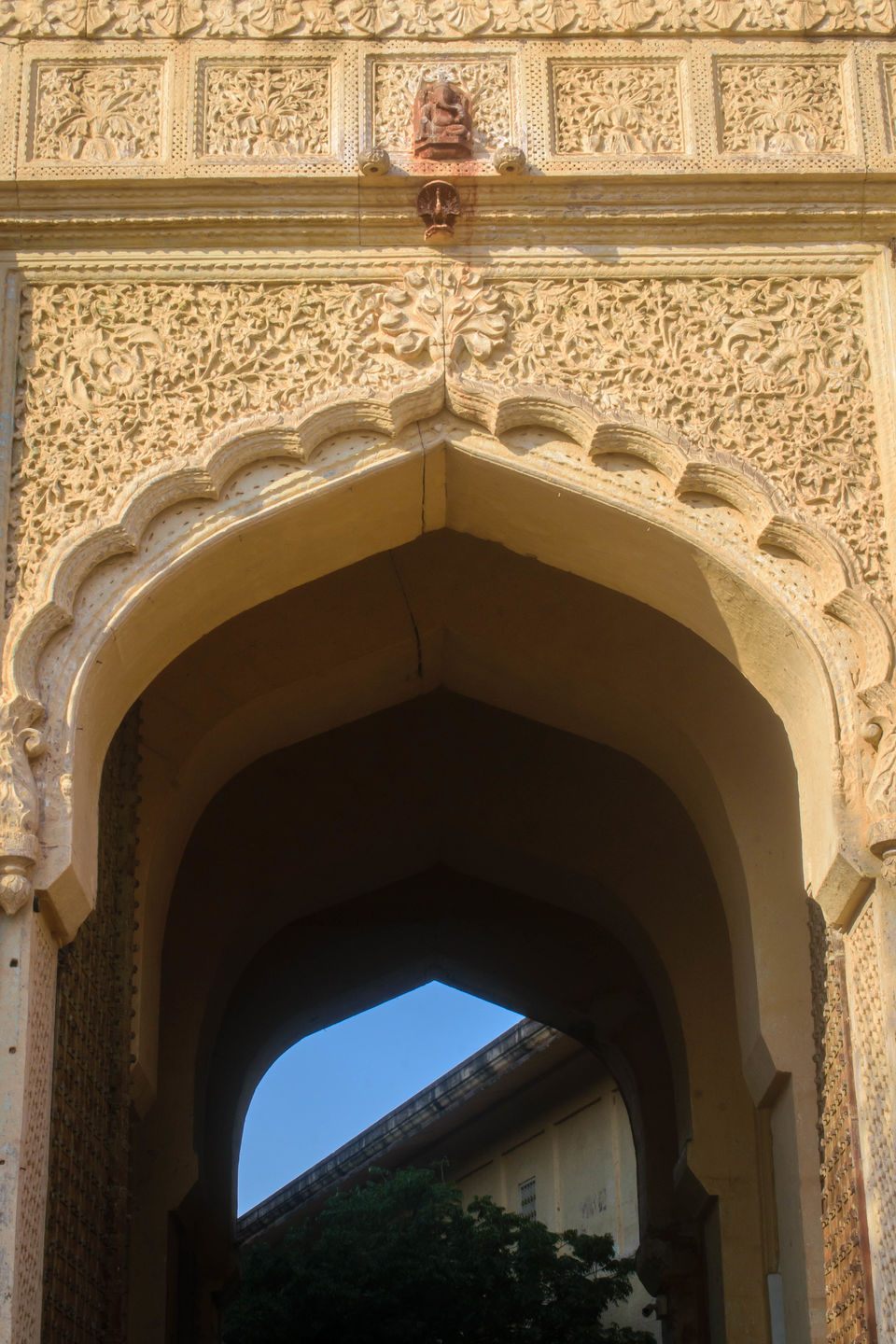
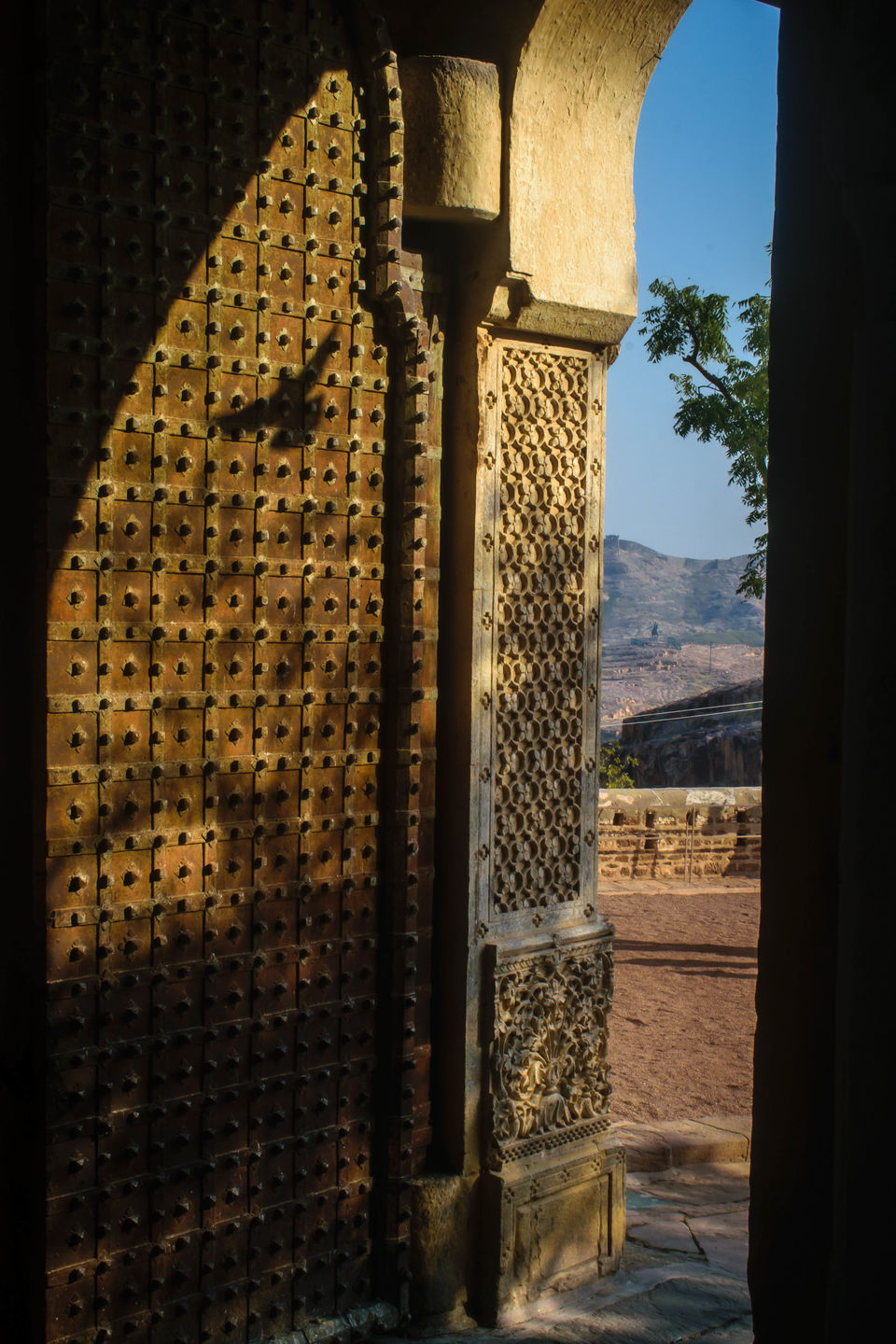
As you move forward, the next gate is the Fateh Pol. This gate was erected by Maharaja Ajit Singh to celebrate his victory over the Mughals in 1707. Next to this is a gate called the Dedh Kanghra Pol or Lakhan Pol. This gate was constructed during the reign of Maharaja Maldeo but was destroyed during the war with the army of Jaipur in 1807.
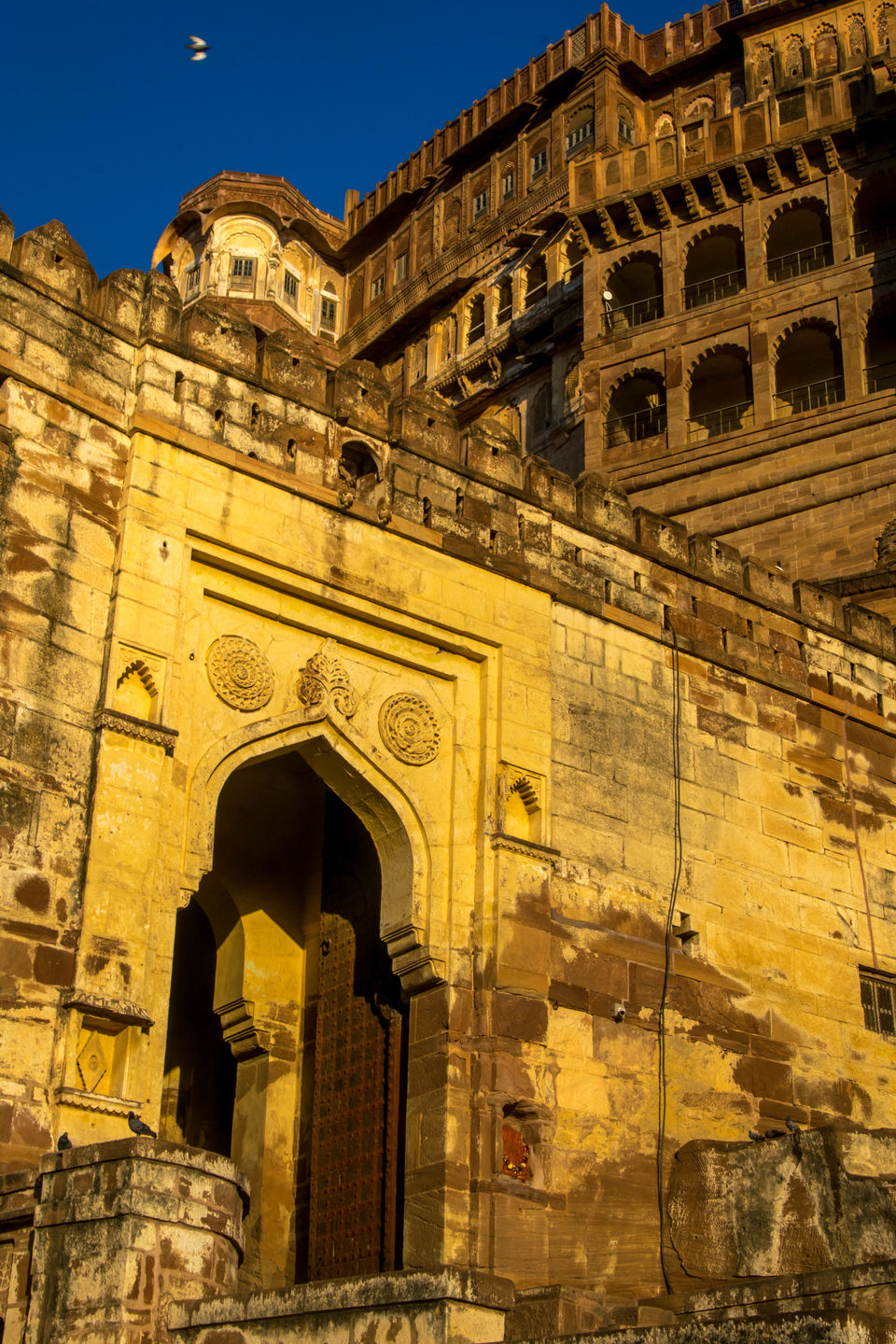
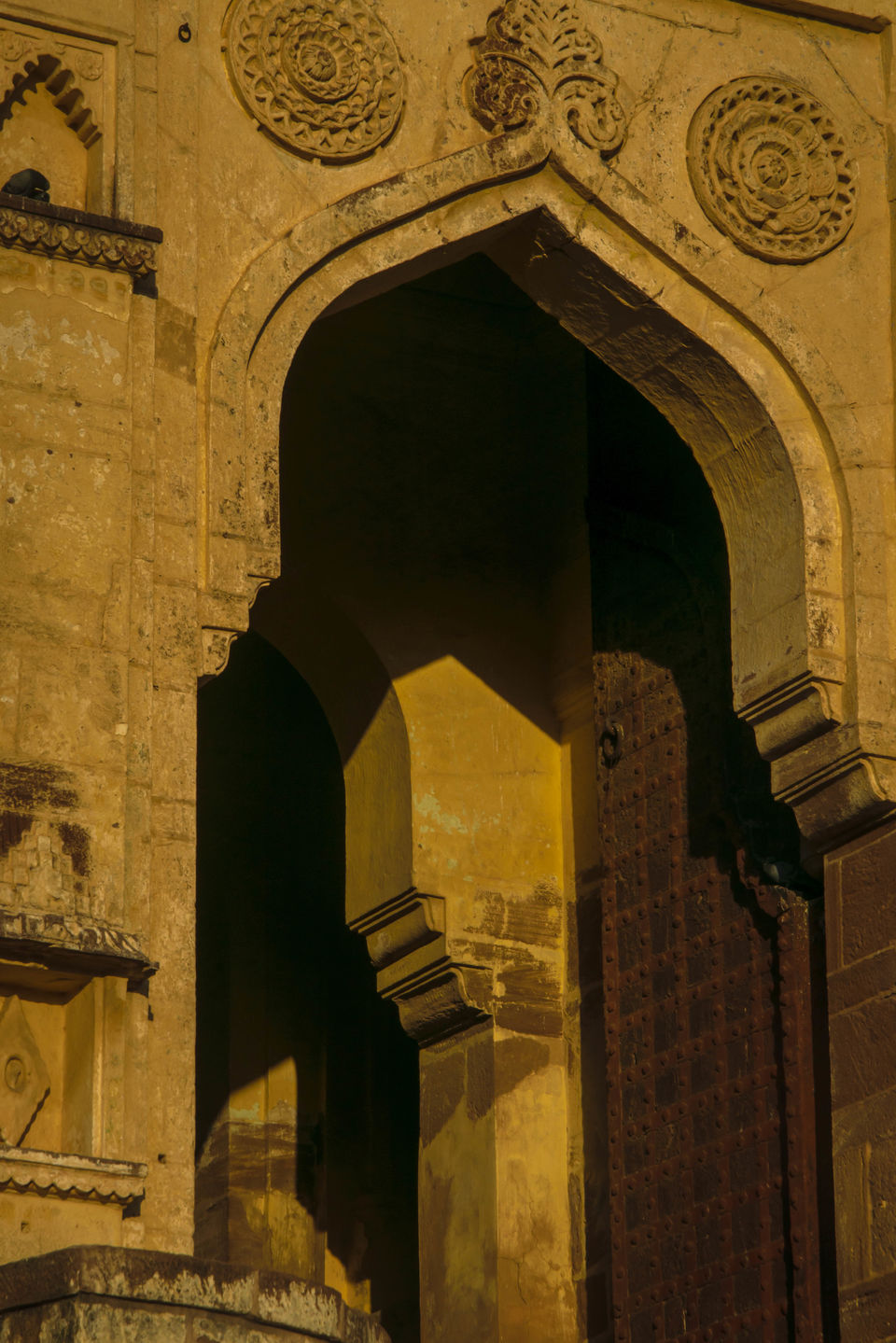
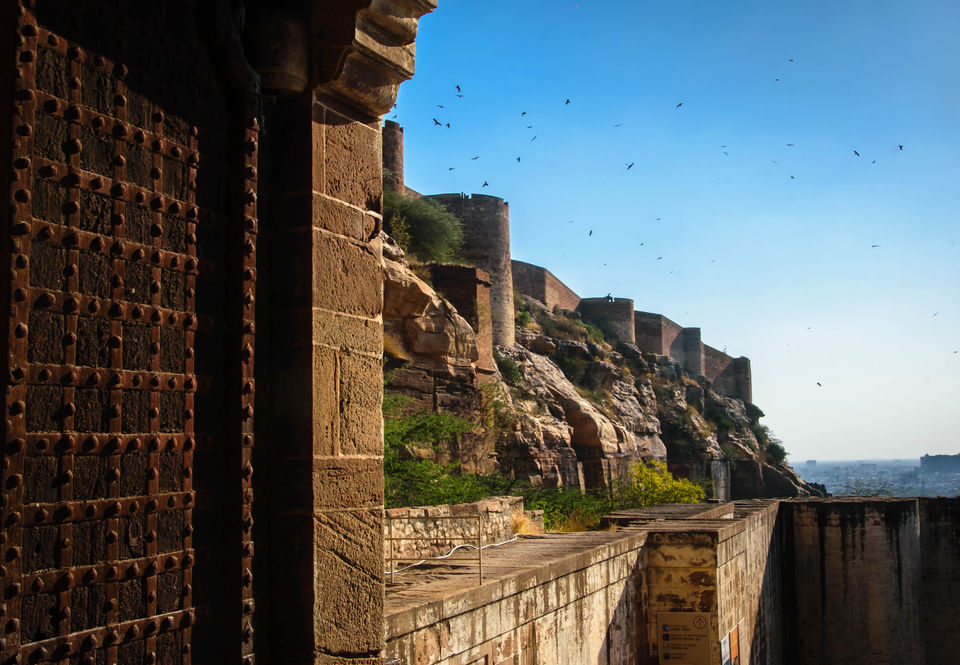
Further forward is the Amriti Pol. Amriti Pol was constructed by Maharaja Maldeo which leads to the original entrance of the fort, constructed by Rao Jodha. A steep climb later comes the Loha Pol.
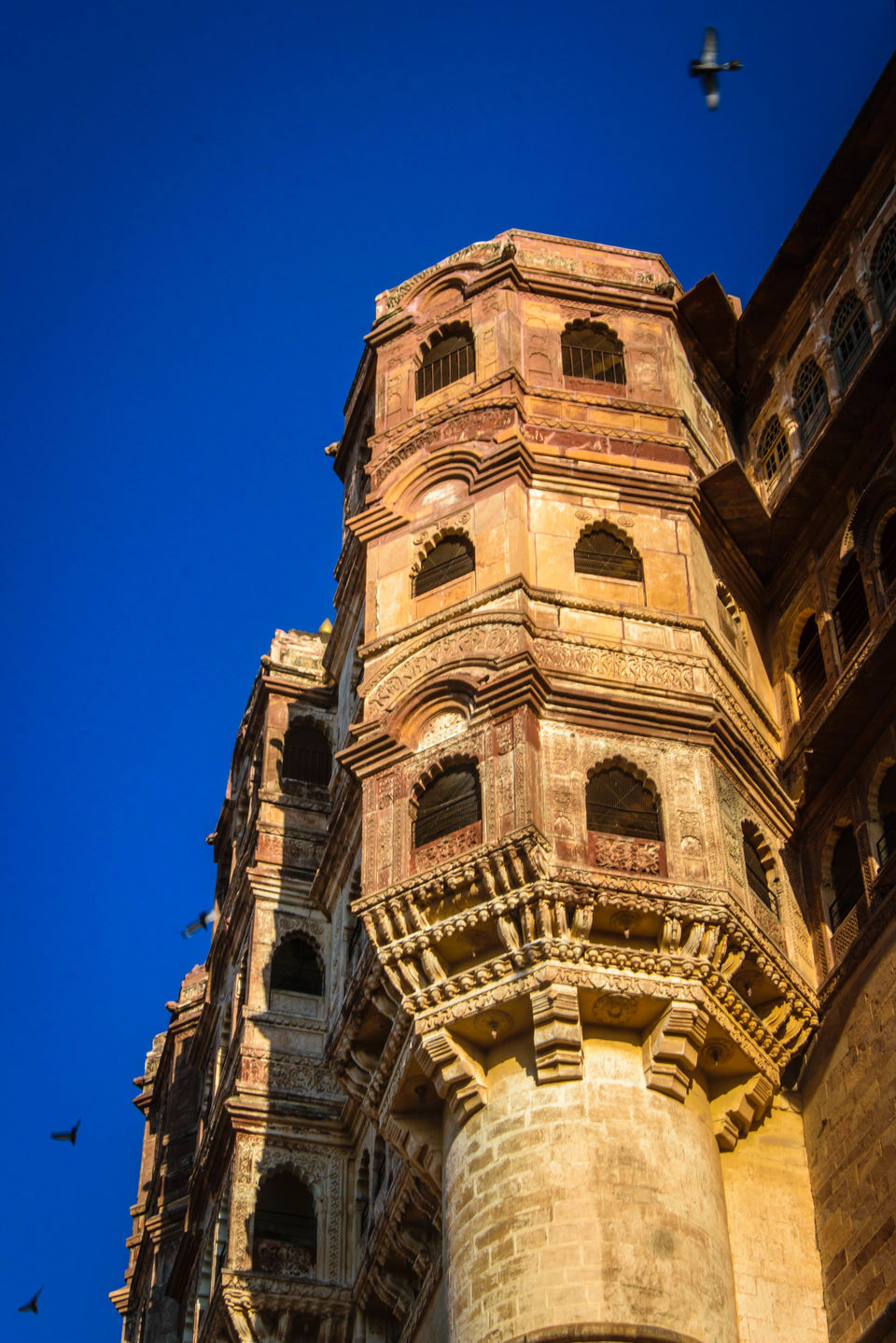
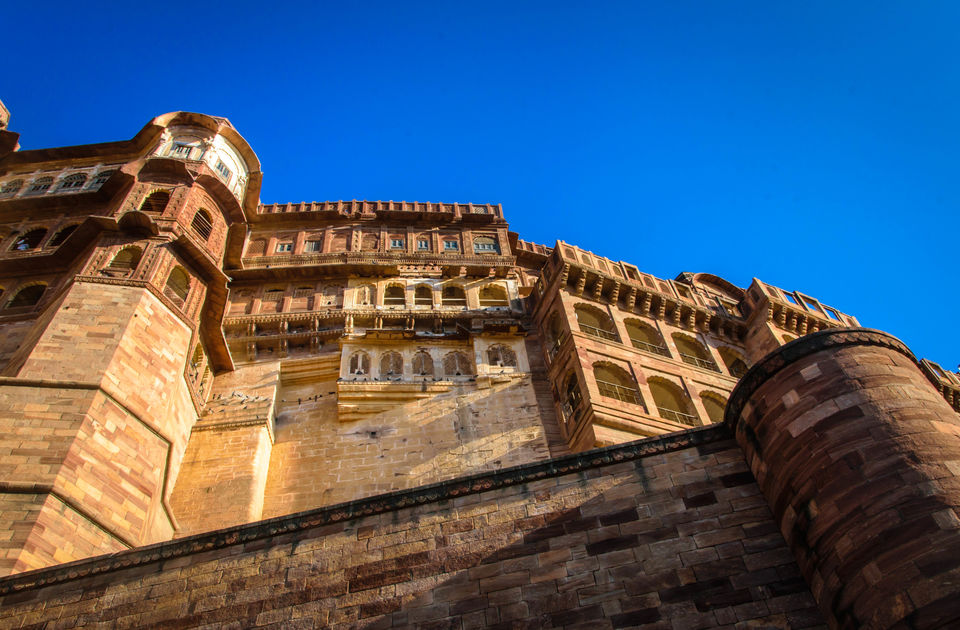
Loha Pol was constructed in the 15th century but its façade was constructed by Maharaja Maldeo in the 16th century. However, before reaching Loha Pol look out for a red stone slab set into the wall, which is to right side on the way to the fort museum. This is where it is said Rajaram Meghwal was buried alive under the foundations of the fort.
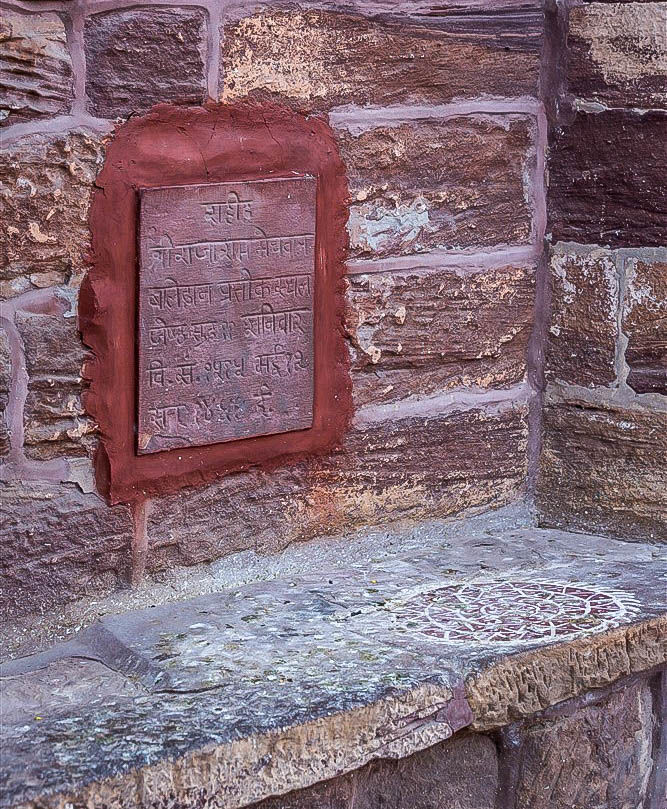
The Loha Pol houses wall plaques bearing the handprints of women – wives, concubines and servants, who committed sati on the death of a maharaja. There are 15 handprints of the royal women who committed sati after the death of Maharaja Man Singh in 1843. It is also said that 6 queens and 58 concubines immolated themselves in the funeral pyre of Maharaja Ajit Singh in 1724.
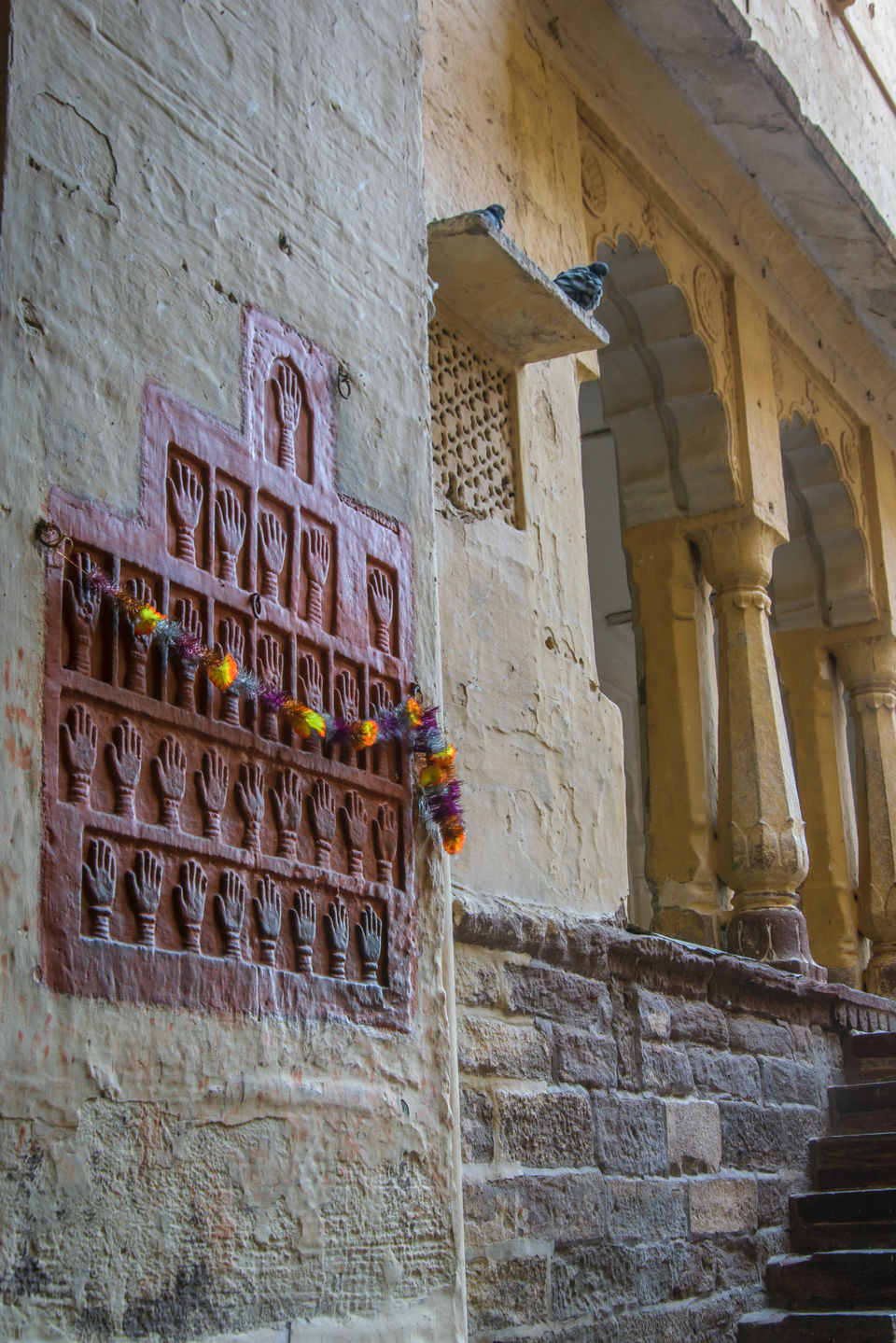
Later heading towards the entrance to the interior of the fort, comes the last and also the oldest gate called the Suraj Pol.
Considering that the fort and its palaces were built over period of 500 years following the foundation stones set by Roa Jodha, the abrupt transition from one era to another, as you progress through the buildings is one of the most remarkable features of the fort that you notice. The chronology although isn’t obvious, as many parts were altered by later rulers, to suit their changing tastes and needs.
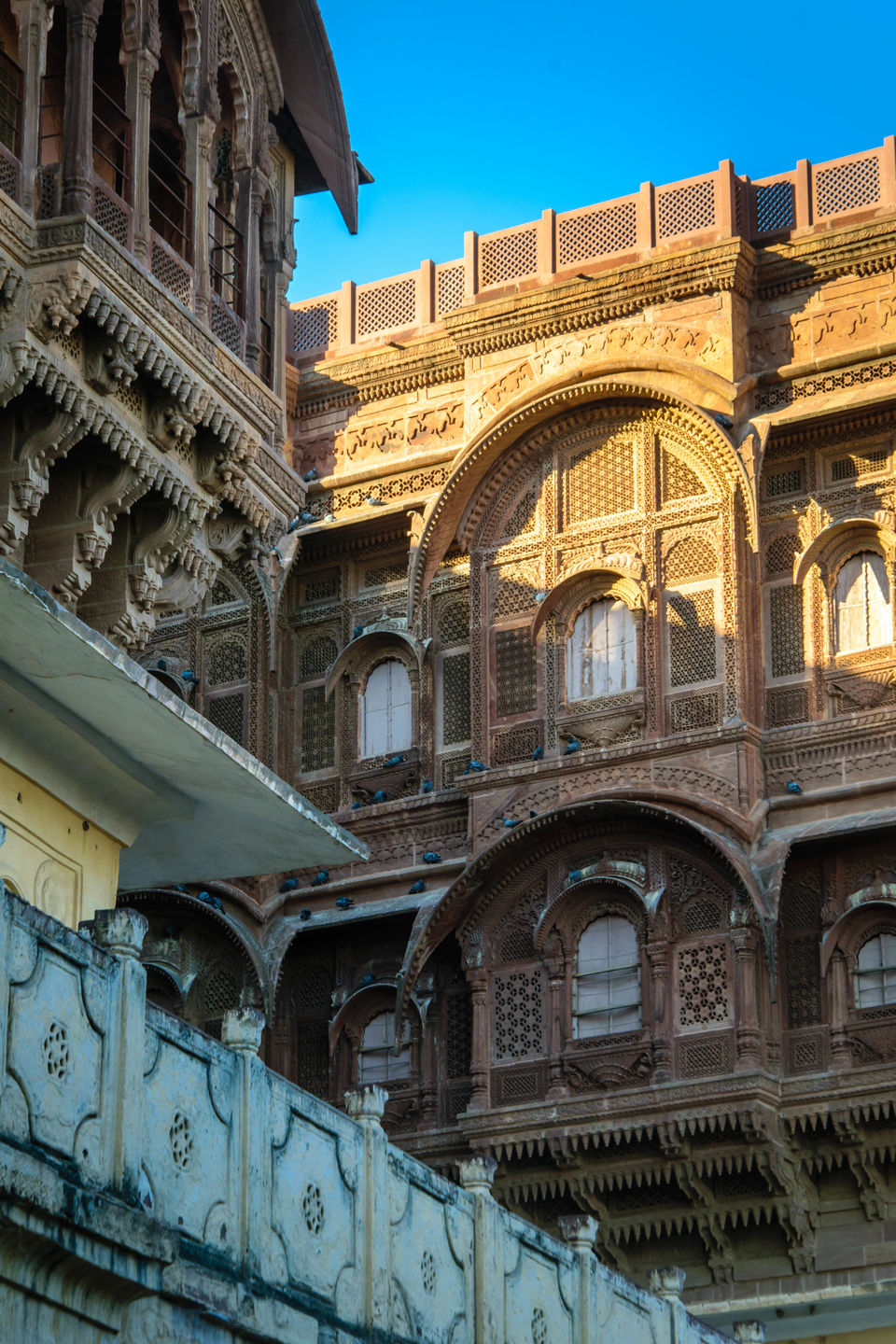
Continuing on, you end up on the eastern side of the fort walking along the massive walls. There are a couple of cannons housed at the top of the fort and you can witness some amazing views of the city as well as the Umaid Bhawan Palace.
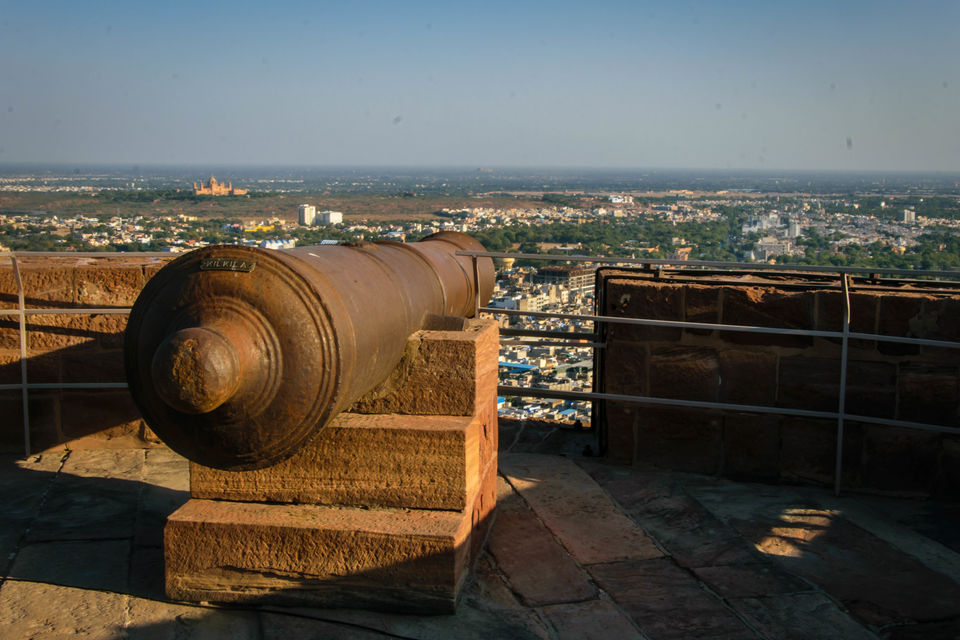
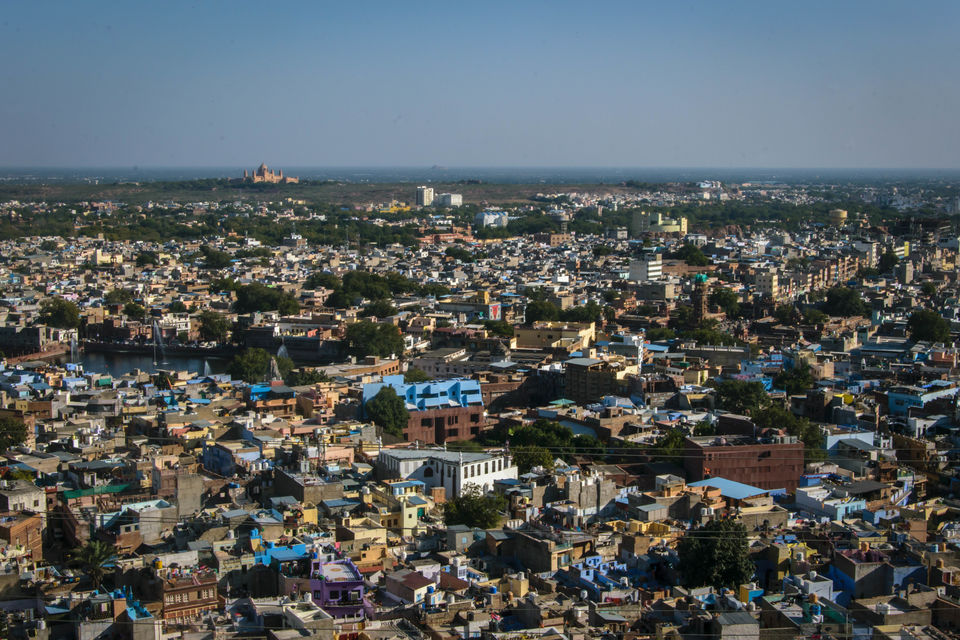
Towards the farthest end of the fort lies the Chamunda Mata Mandir. Rao Jodha had brought her idol from the old capital of Mandore in 1460 and installed it in Mehrangarh. Even today, the royal families consider Devi Chamunda Mataji as their ‘Isht Devi” or the adopted goddess and is also popularly worshiped by the common people of Jodhpur.
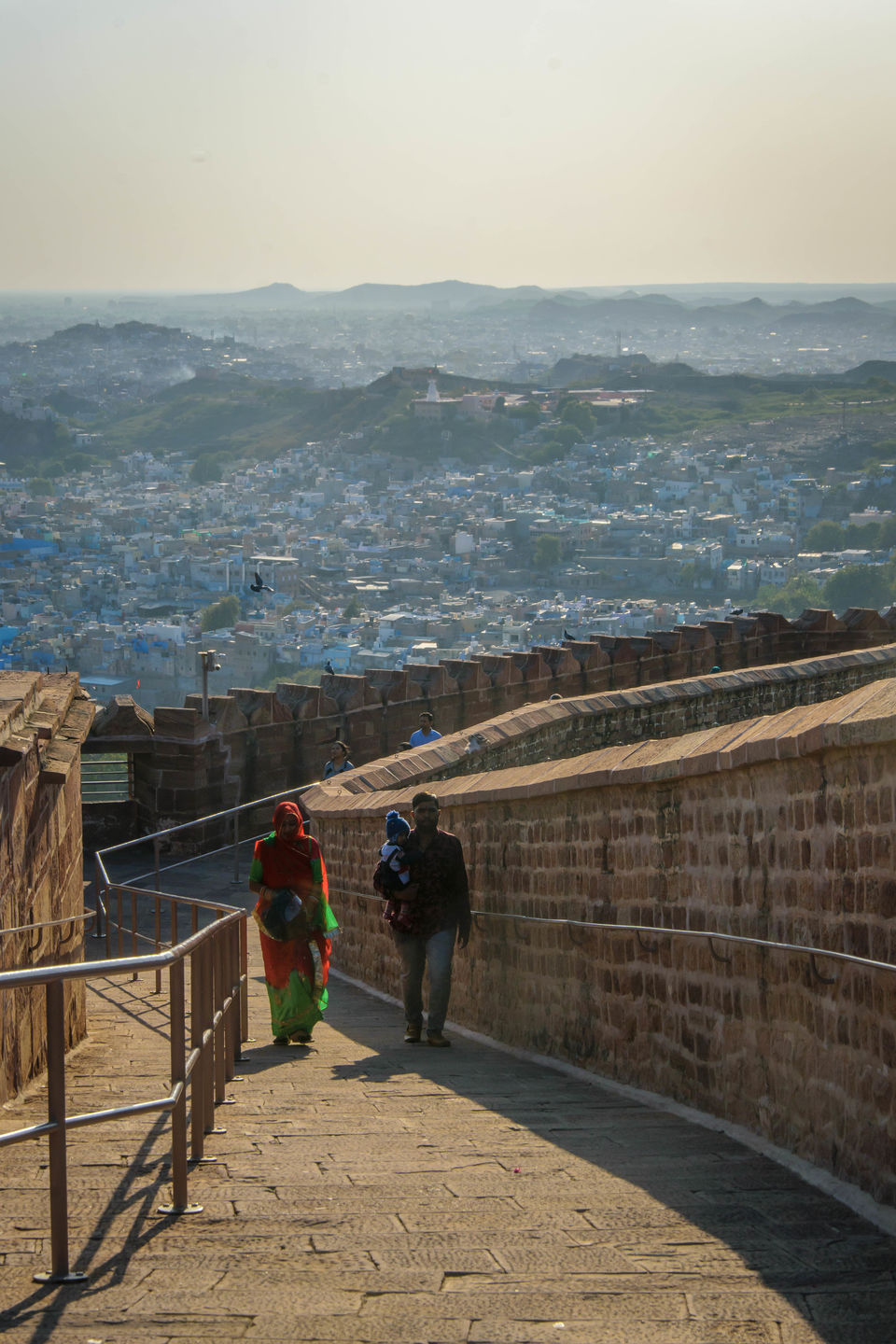
Although guarded by walls, they have gaps through which you can easily squeeze your camera in and capture the Blue City.
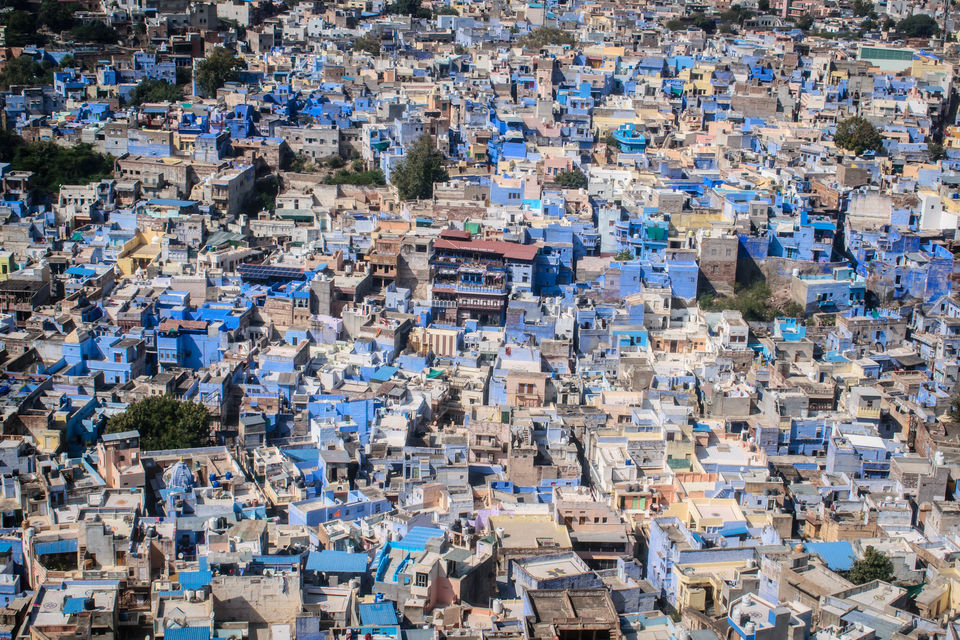
From here, your only option is to turn around and head back past the splendid architecture.
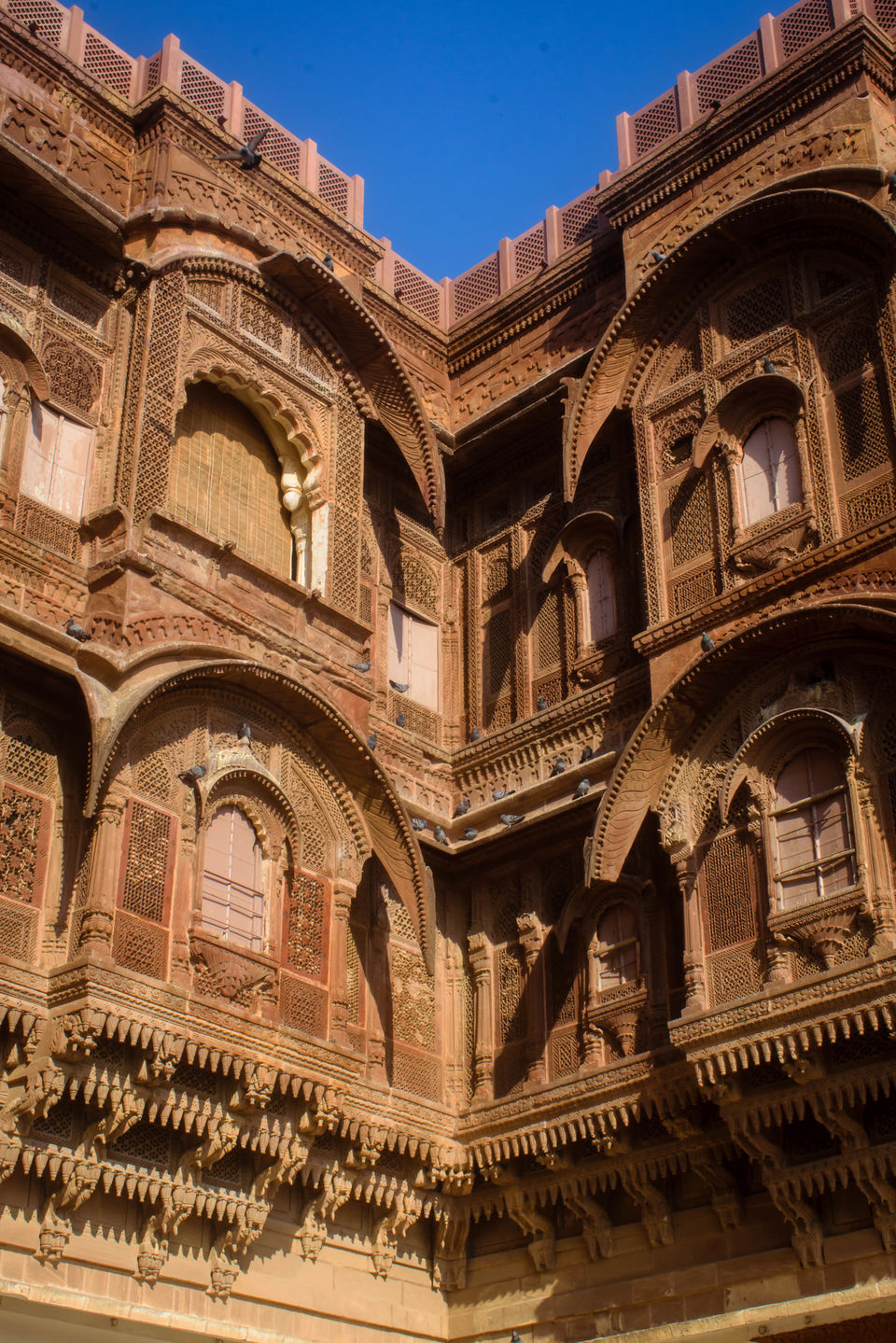
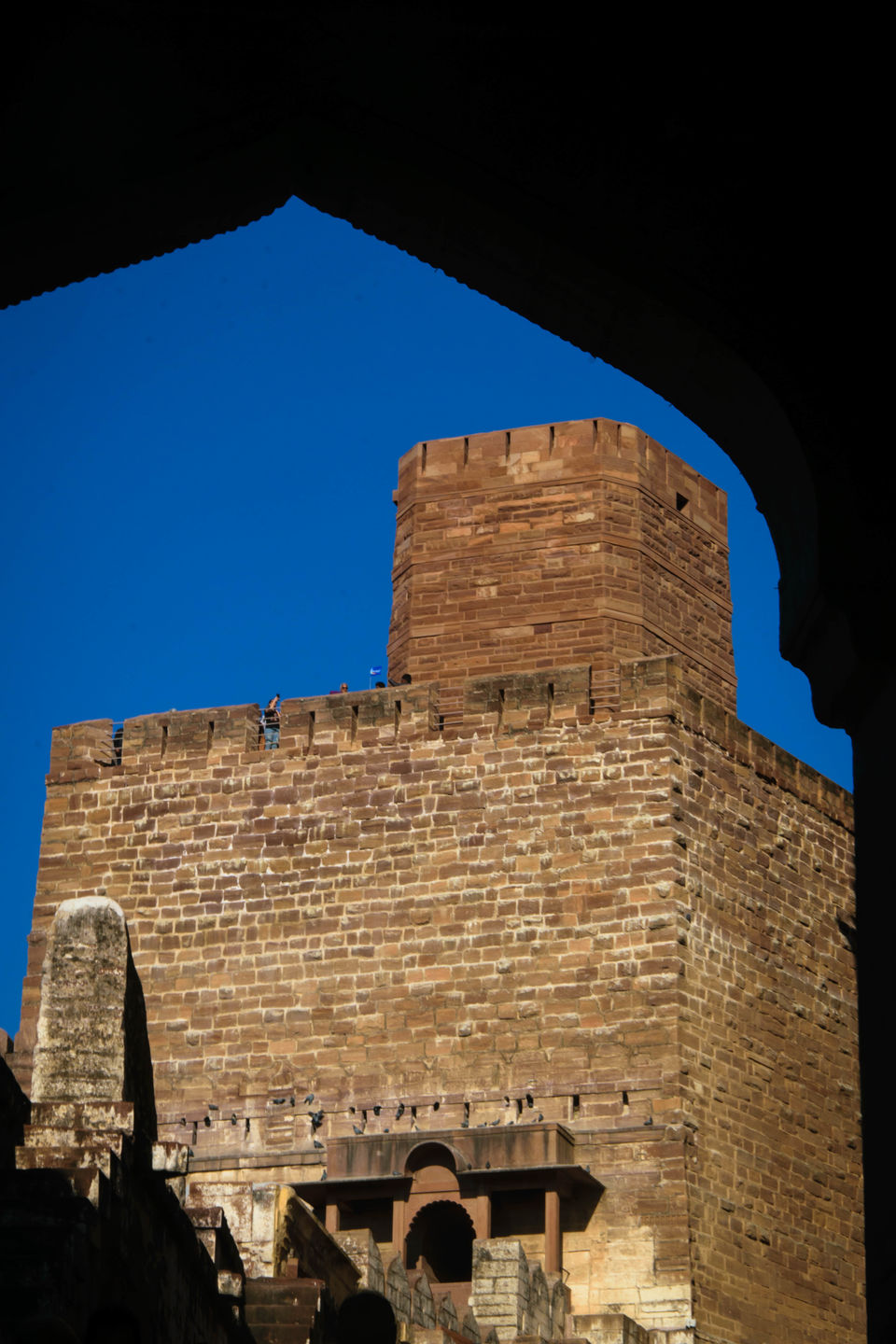
This concludes the Part 1. In the next part, I have provided information on the tour of the fort museum, which is the interior of the fort.





